
Multi Unit Home of the Year 2023: Ivy Box
Encompassing an original — and much-loved — stone building, two apartments deliver a delightful dialogue between old and new, making the most of a lakefront site in central Queenstown.
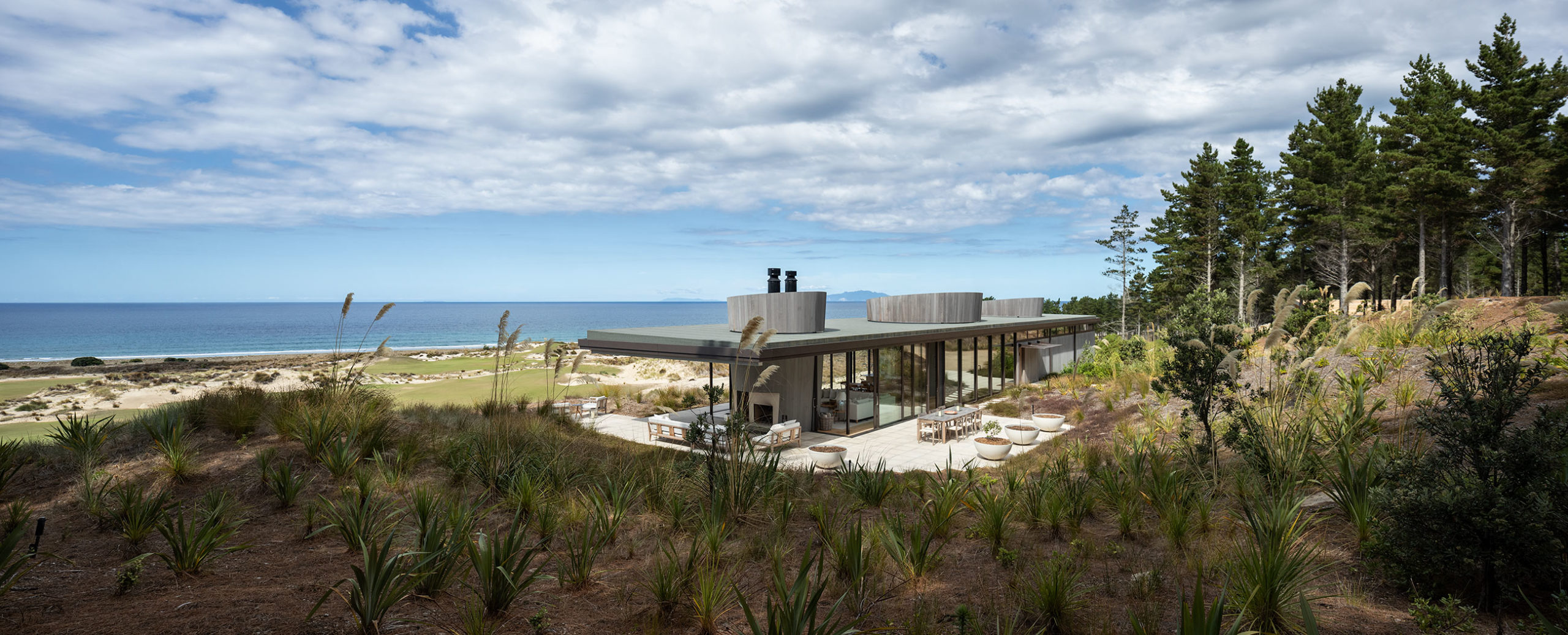

Encompassing an original — and much-loved — stone building, two apartments deliver a delightful dialogue between old and new, making the most of a lakefront site in central Queenstown.

A mature and restrained response to an awe-inspiring location. The architect has combined a wide range of influences — from Sri Lankan to her own, impressive international career — to achieve a quintessentially local response to site, context, and history.

Beautifully sited in a rural setting of mature trees, a large pond, and horse paddocks, this strong and elegant house has a calmness and certainty of place and purpose.
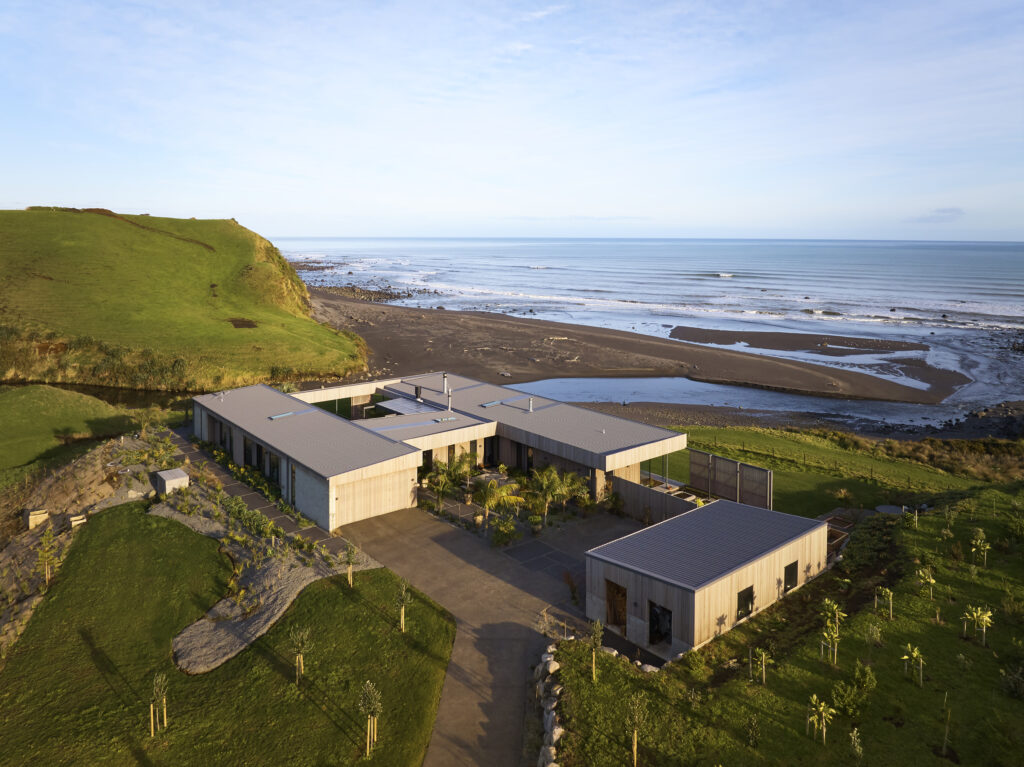
Architect Brady Gibbons expertly incorporated the key elements of the coast, a winding stream, and the need for shelter from the harsh climate into the design of this home. The vertical cedar cladding, combined with sliding screens, gives the house its unique exterior character.
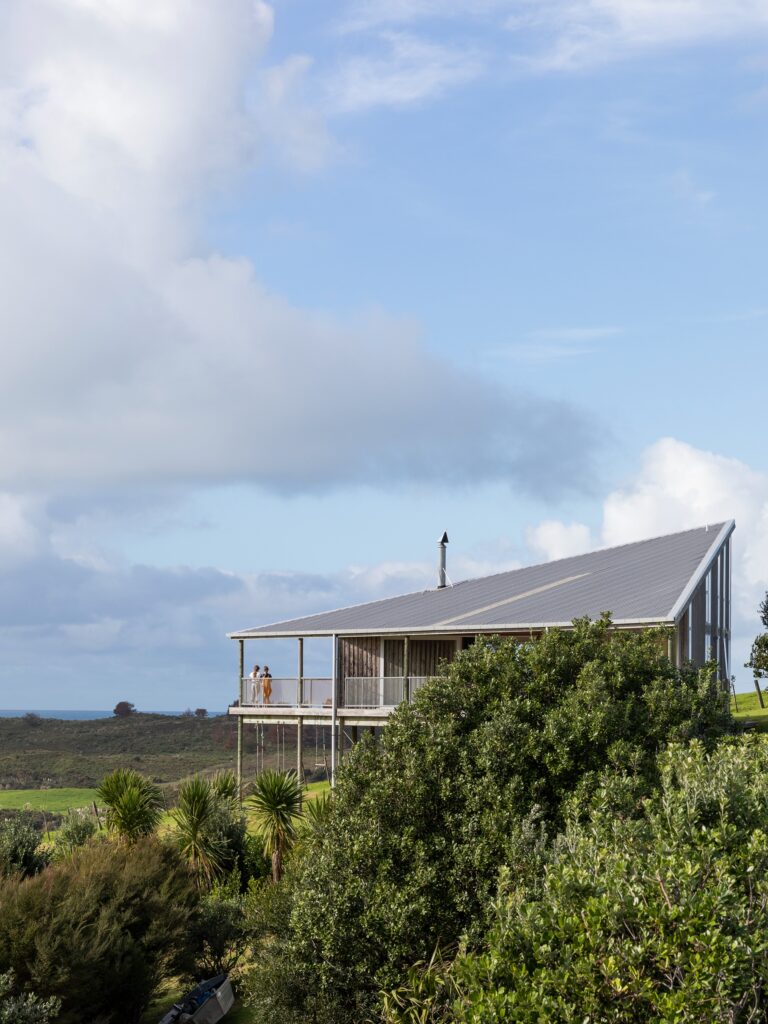
Climb Mount Manaia and the triangular form of this family home appears as a subtle marker in a striking landscape.
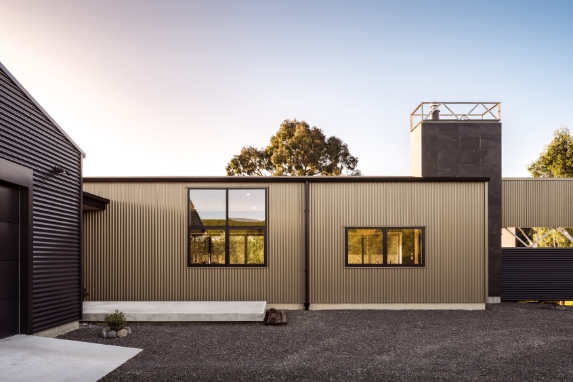
On a working farm between Christchurch and Kaikoura, this home artfully utilises Colorsteel cladding to create a dynamic definition within a palette of duality.
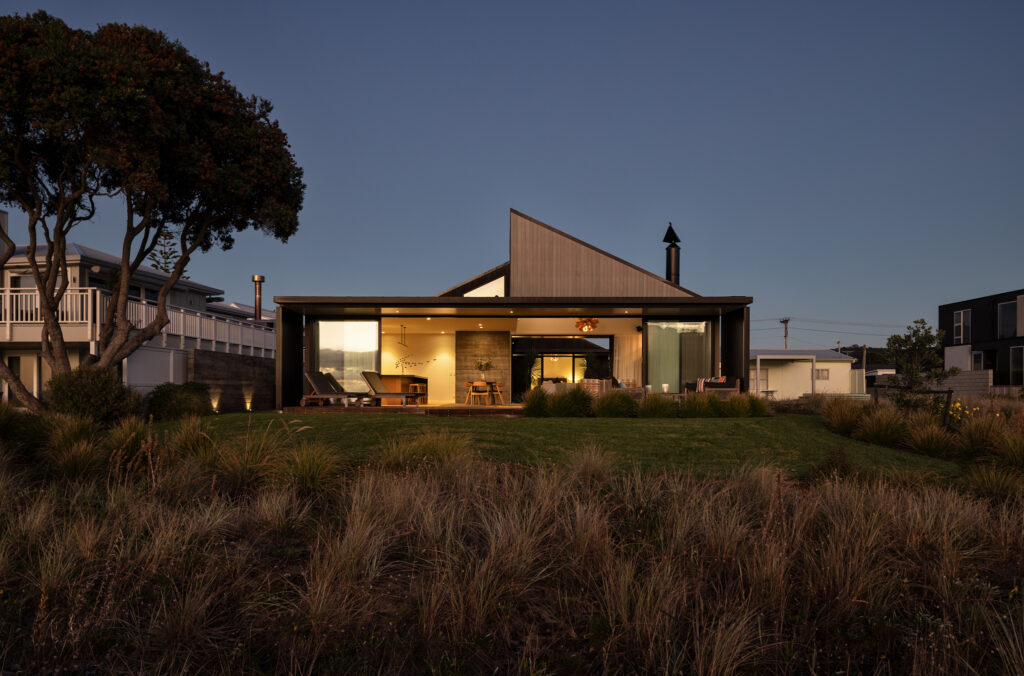
In the Coromandel, a home with a humble profile and a thoughtful design makes the most of a stunning location.
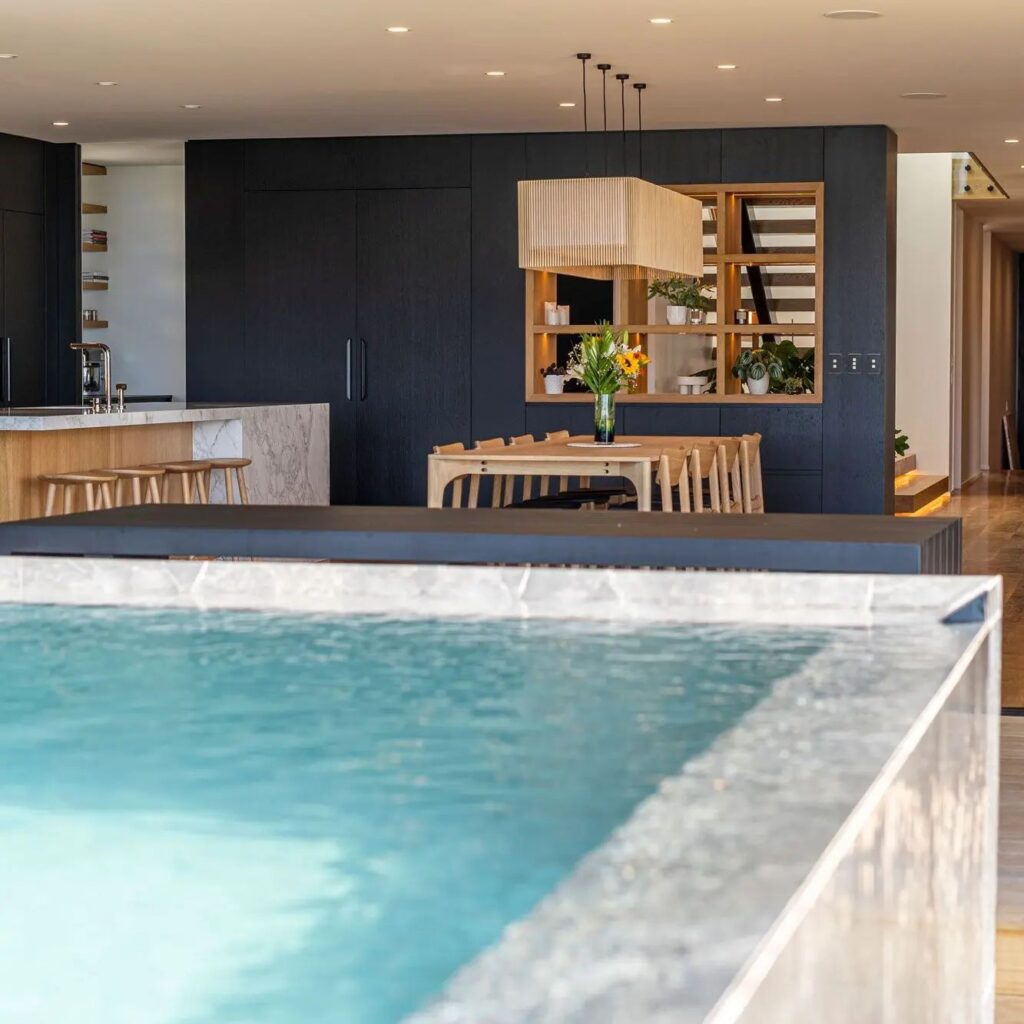
Balancing a beachfront site with a unique design presented PRD Construction with one of its more fascinating builds to date.
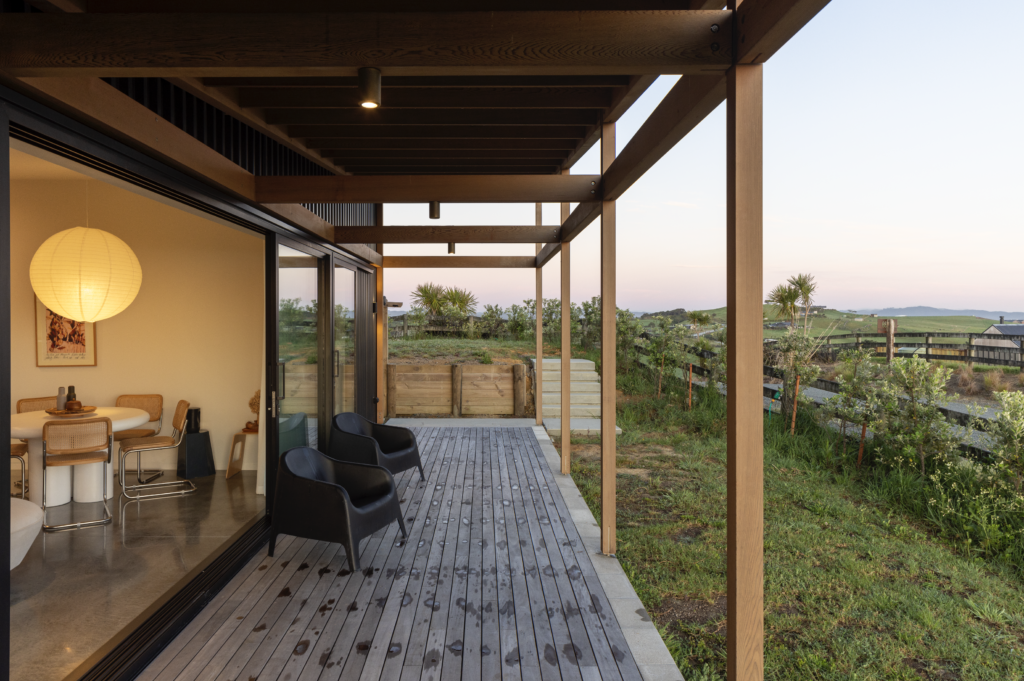
Resembling a simple shed, this budget-conscious minor dwelling at Waipu is a place of rest and contemplation.
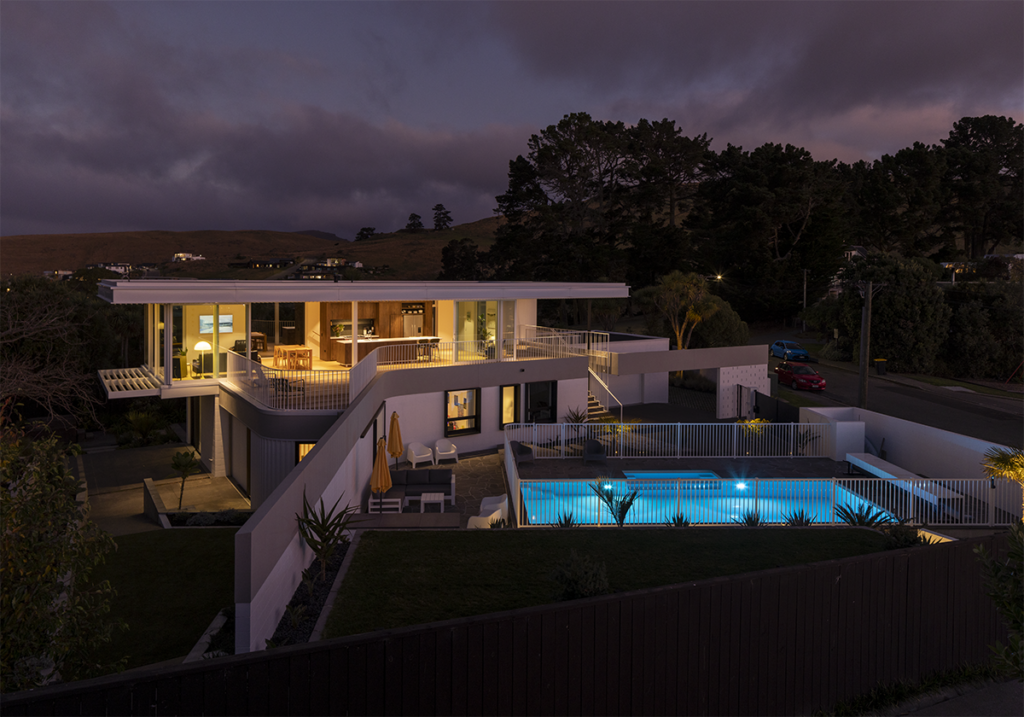
Part Slim Aarons, part Los Angeles hillside paid, this fun and beautifully detailed Christchurch home by PRau is proud of its modernist soul.
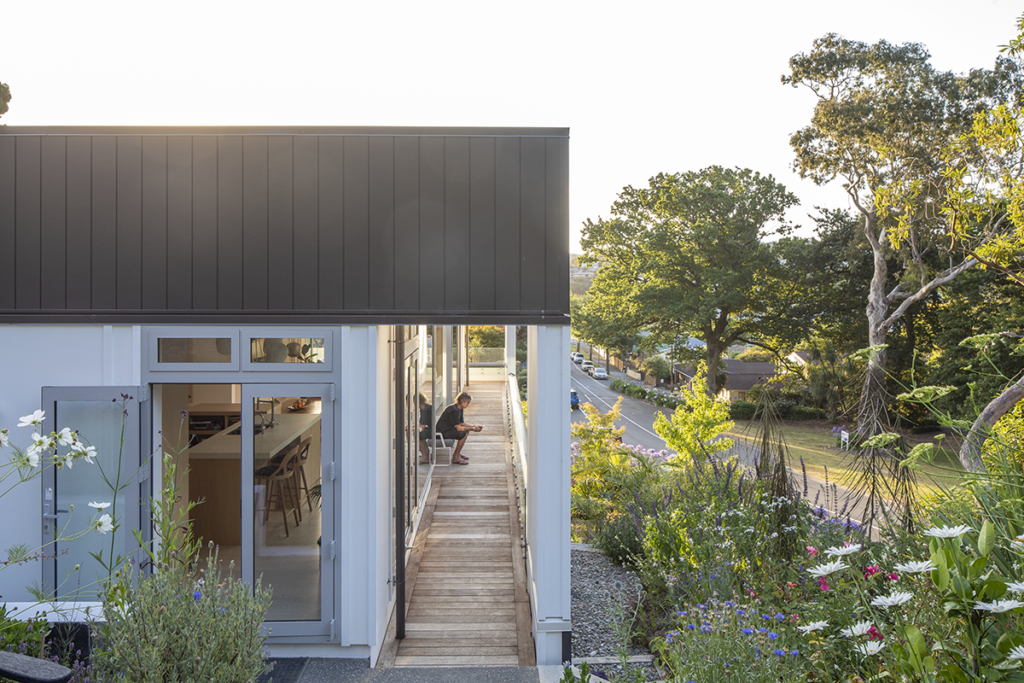
Higher density requires not just good design but good manners. This leafy, central-Nelson house by Irving Smith Architects sought to do just that.
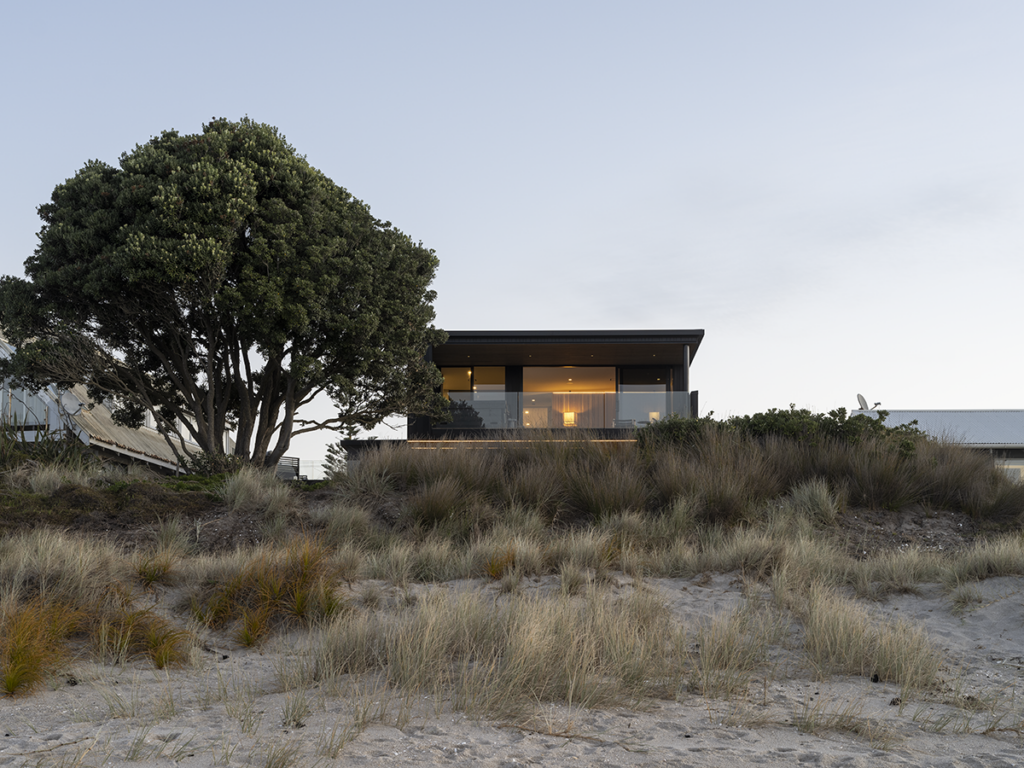
A large family home elegantly reaches out to meet Papamoa’s everchanging dunescape, folding indiscernibly into the public realm.
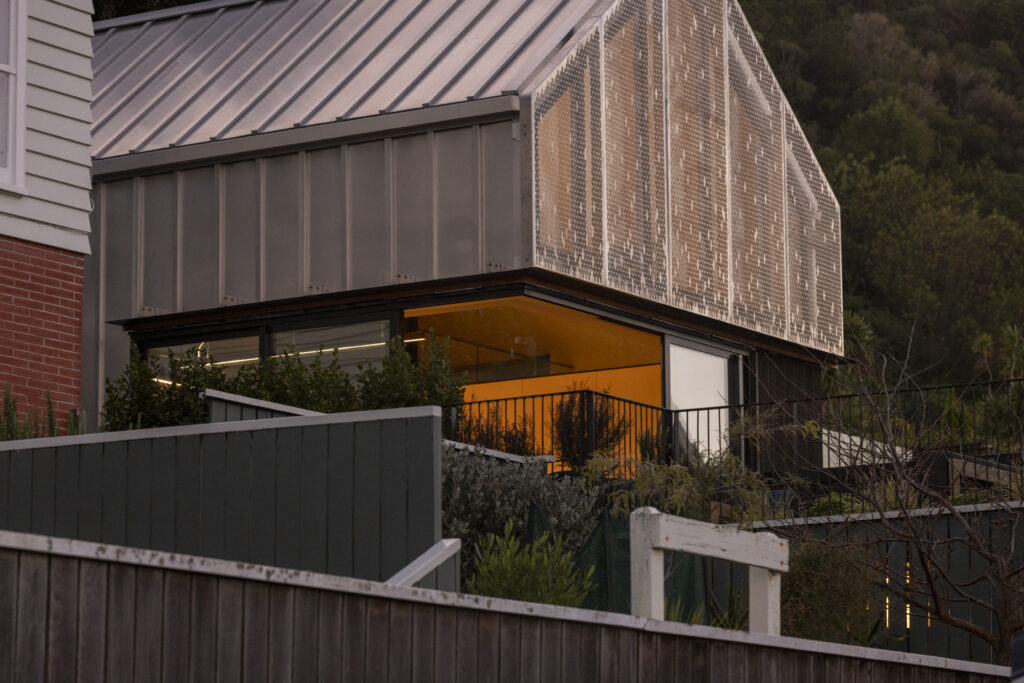
Designed for a couple who are avid surfers, this clever addition on a compact coastal site is both overtly contemporary and entirely sympathetic to its context.
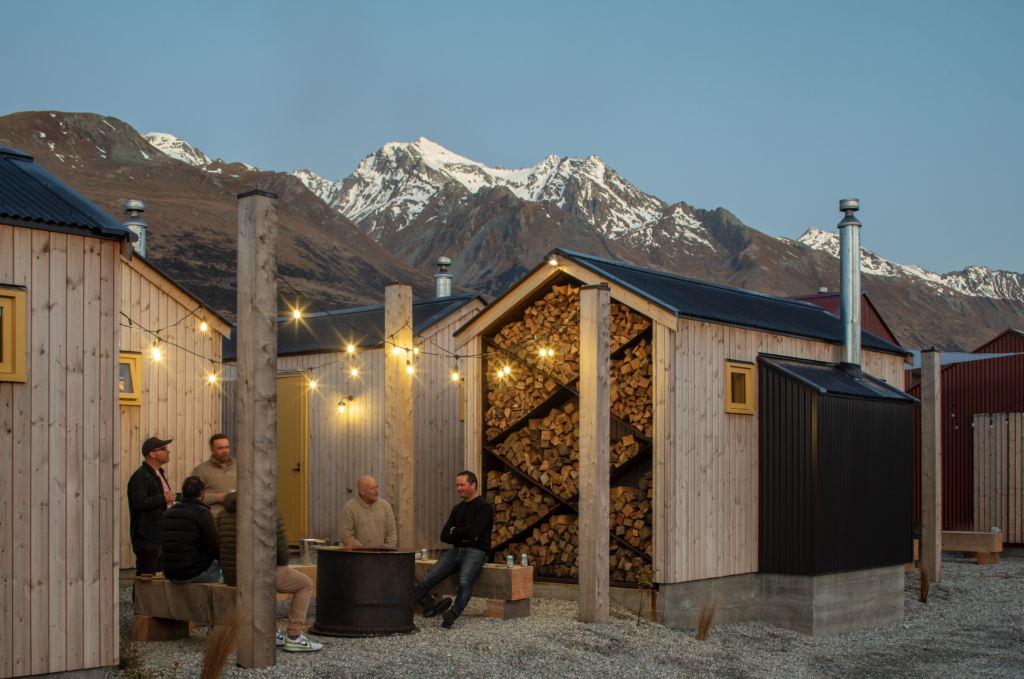
One of the latest offerings on the northern end of Lake Wakatipu is the Great Glenorchy Alpine Base Camp, a place that is down to earth, adventurous, and highly sociable.
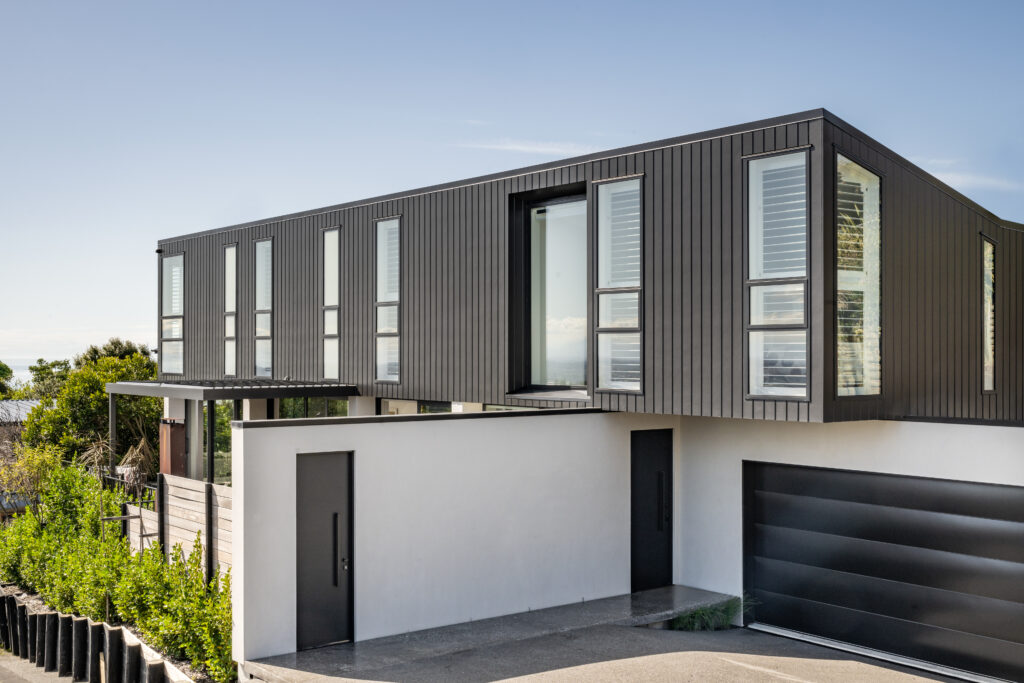
On a small, suburban hillside site in Christchurch, the design response for this family home was driven by verticality.
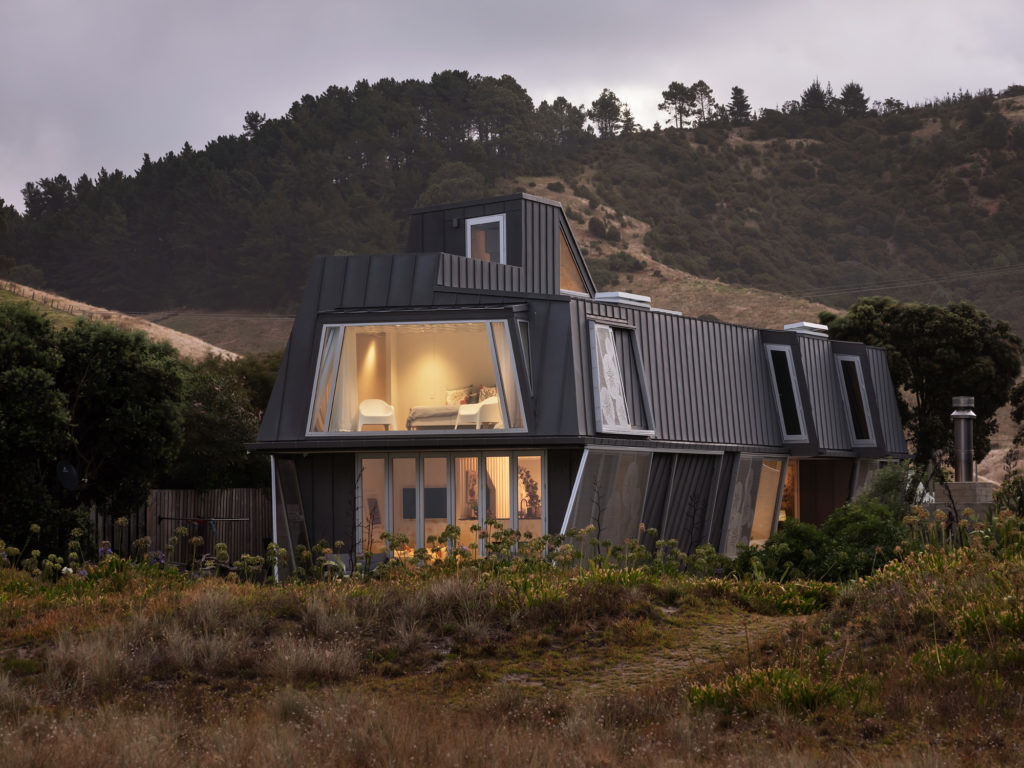
With two clear narratives at play, rural and maritime, this Coromandel home of geometric playfulness has a life of its own.
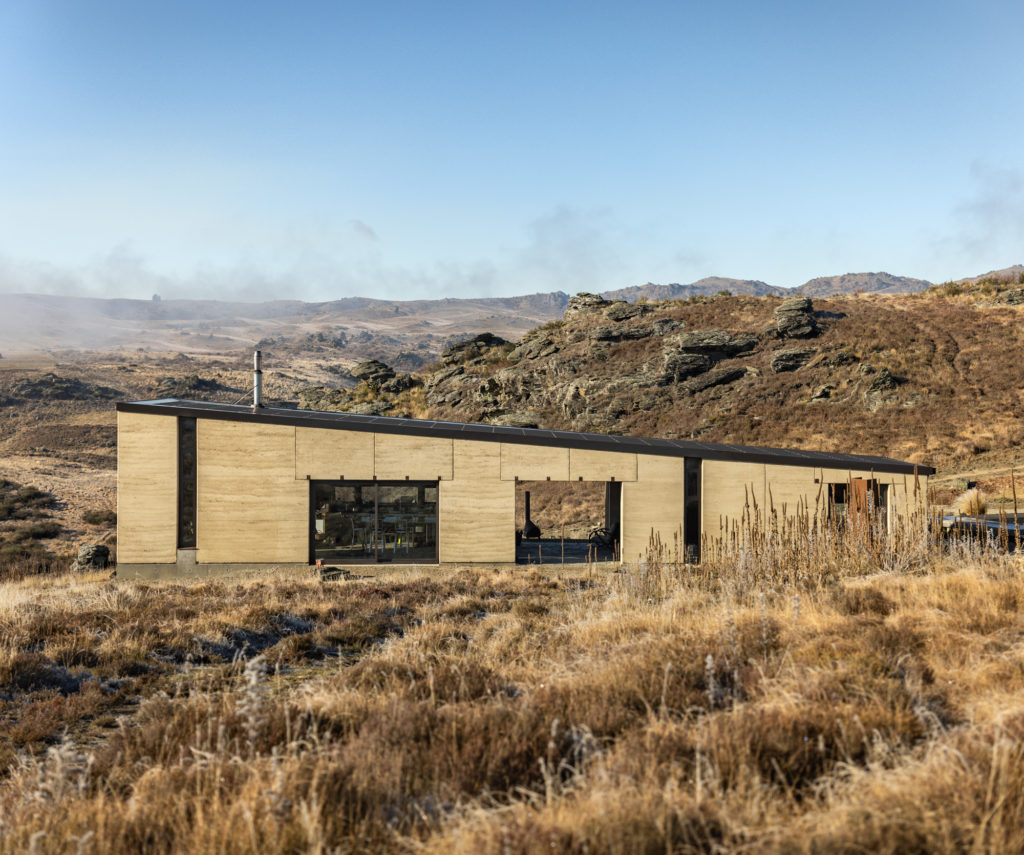
Poised above a desert-like Central Otago valley full of weather extremes, this house is part Americana, part experiment in slow architecture.
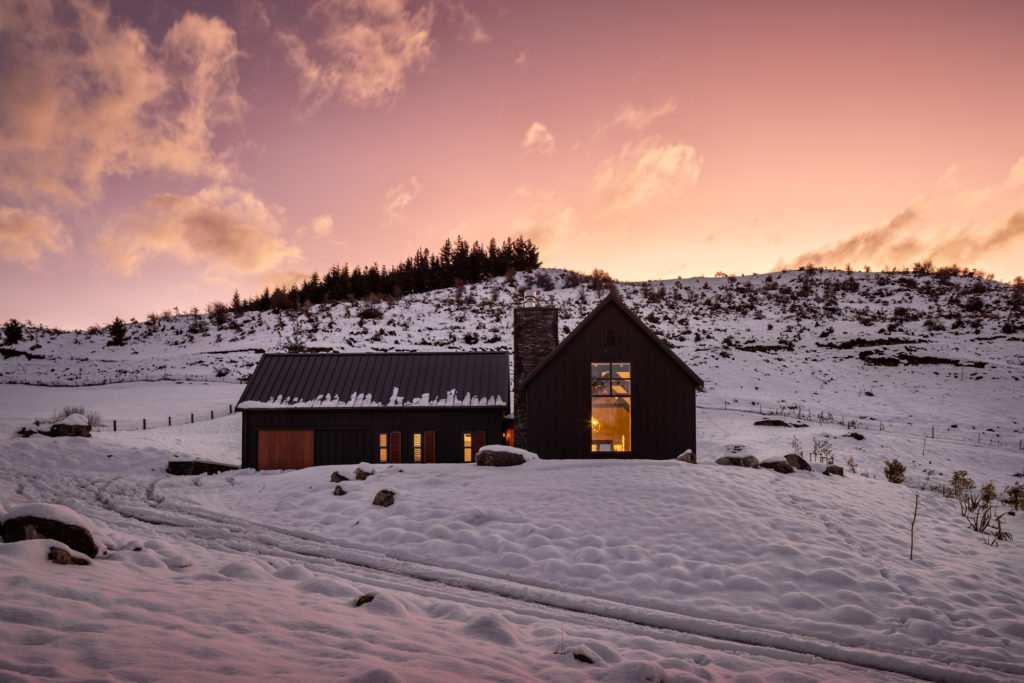
Against the backdrop of Mount Cardrona, and honouring the area’s gold-mining days, a barn-style home is devised as a journey of tactility and colour, mimicking the highly seasonal hues of this well-known rural valley.
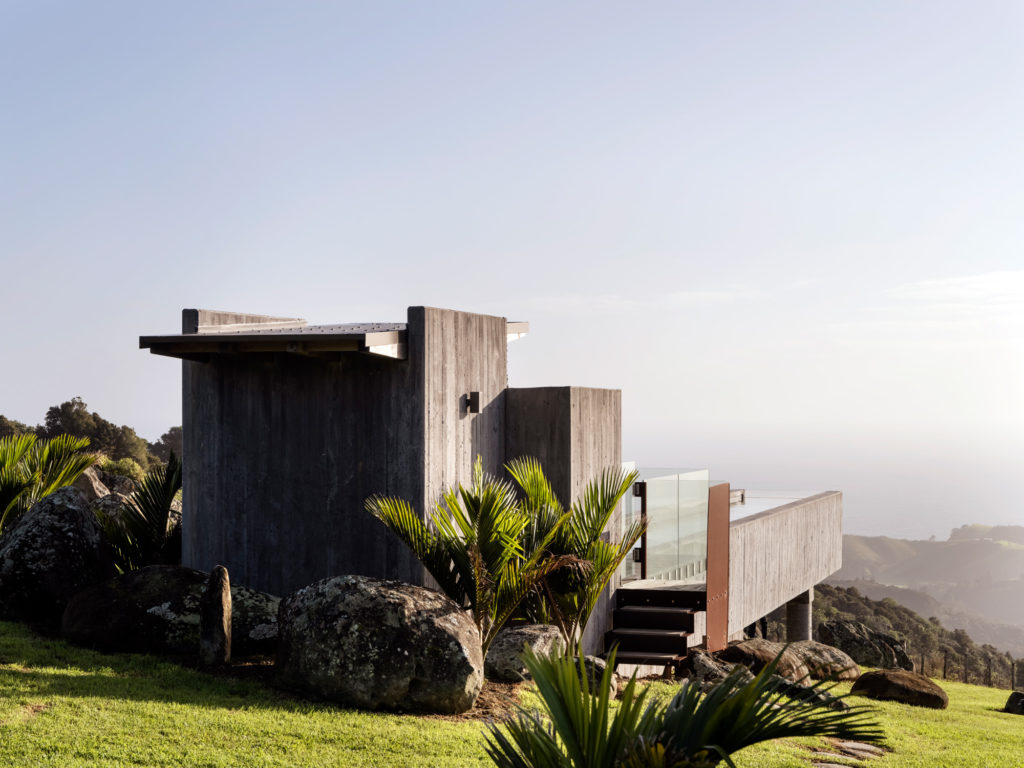
Three hundred or so metres above sea level in the far north, Geoff Fraser found the perfect patch of land for his latest house. Completely isolated and about a kilometre from the road, Geoff’s hilltop 15ha site is strewn with large volcanic boulders and surrounded by mature native bush. The air is clean, the views are immense and the solitude is all-consuming.
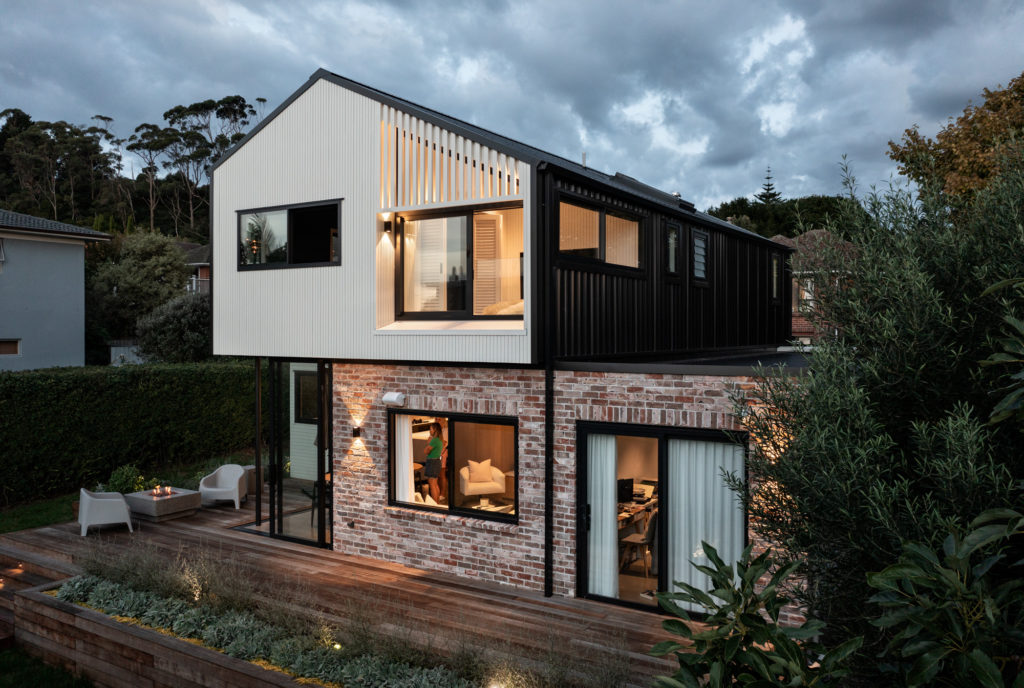
Tucked away on a rear site in suburban Mt Albert, this double dwelling brings together a collection of materials and moments to deliver a beautifully cohesive whole.
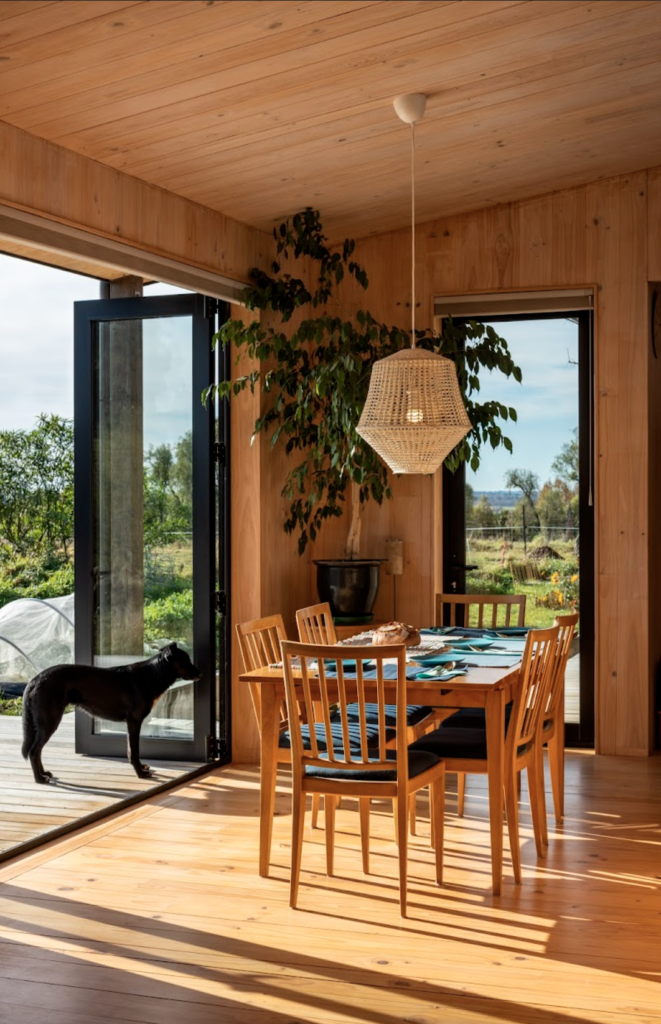
This off the grid house near Geraldine in is heated only with a wetback, despite snow covering the ground for much of winter.
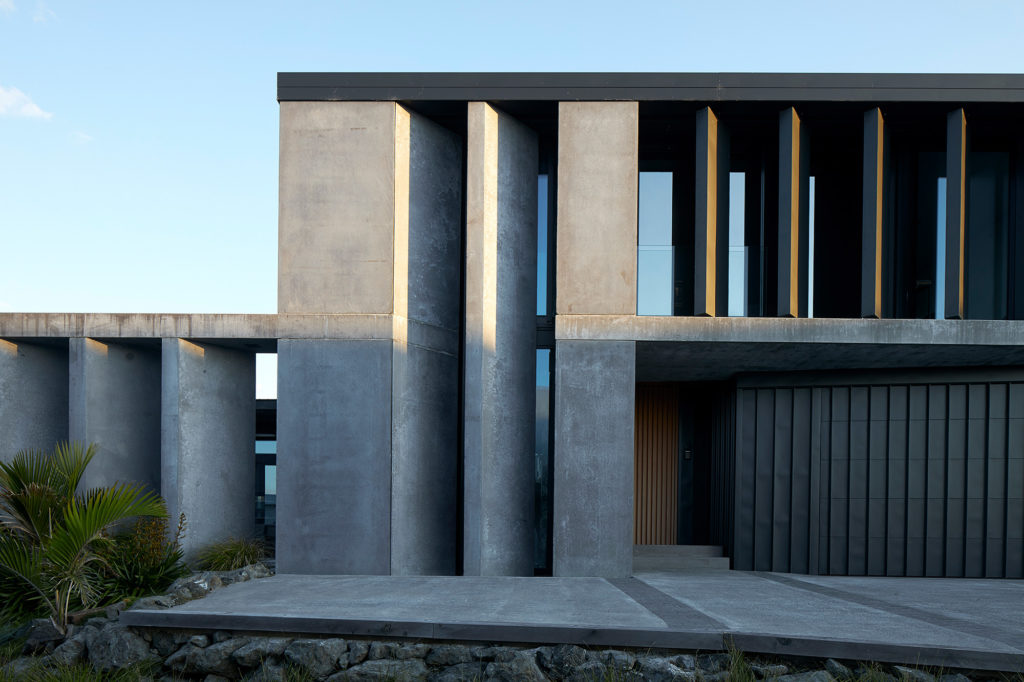
Although this home hangs at a cliff’s edge above a leafy North Shore suburb, the house is all about strength and solidity.
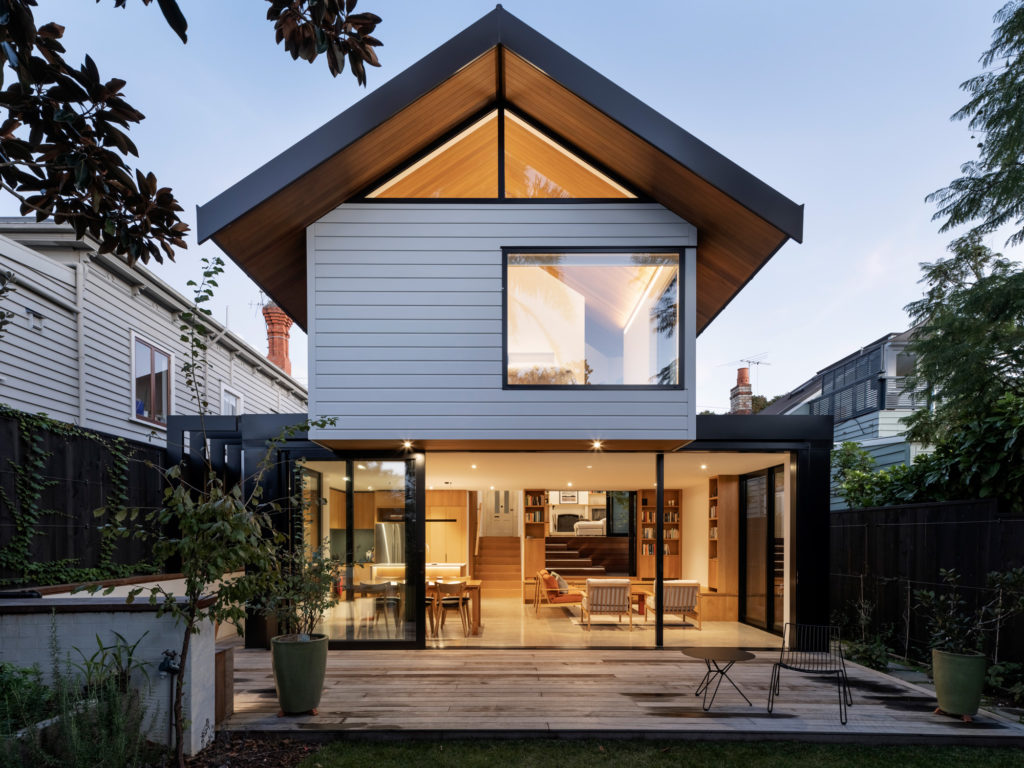
In Ponsonby, a villa is extended around a compact courtyard linking old and new, while a gabled addition floats above a grounded lower level.
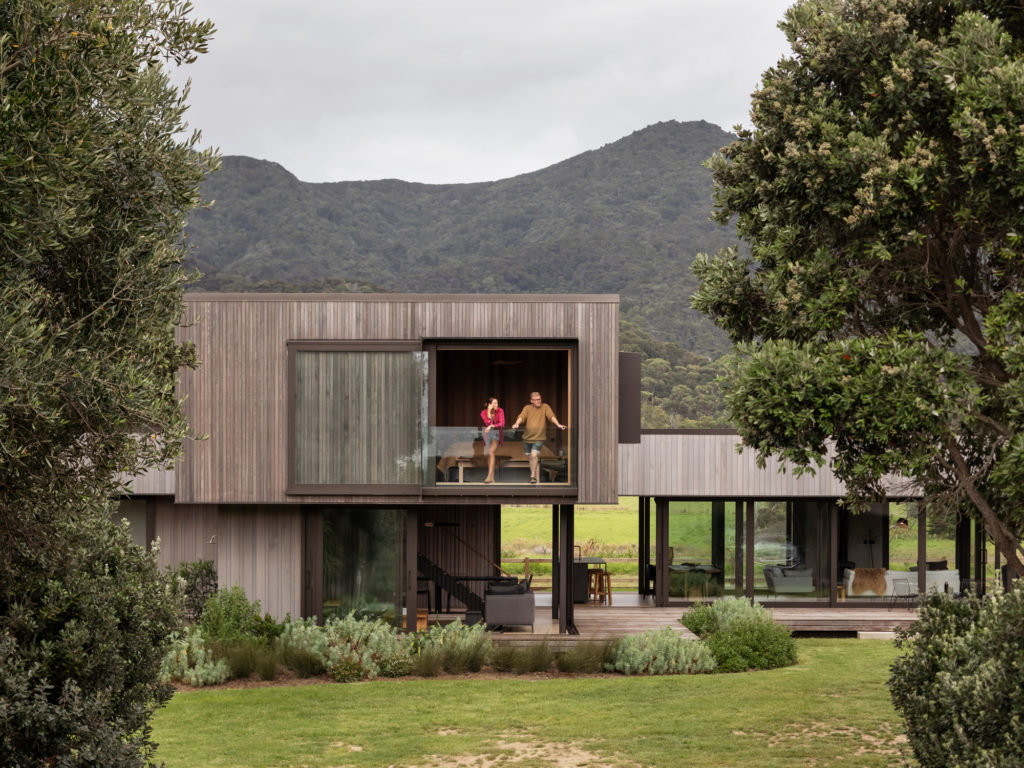
This quietly confident and inconspicuously elegant holiday home mimics the forms of Memory Rock on nearby Medlands Beach.
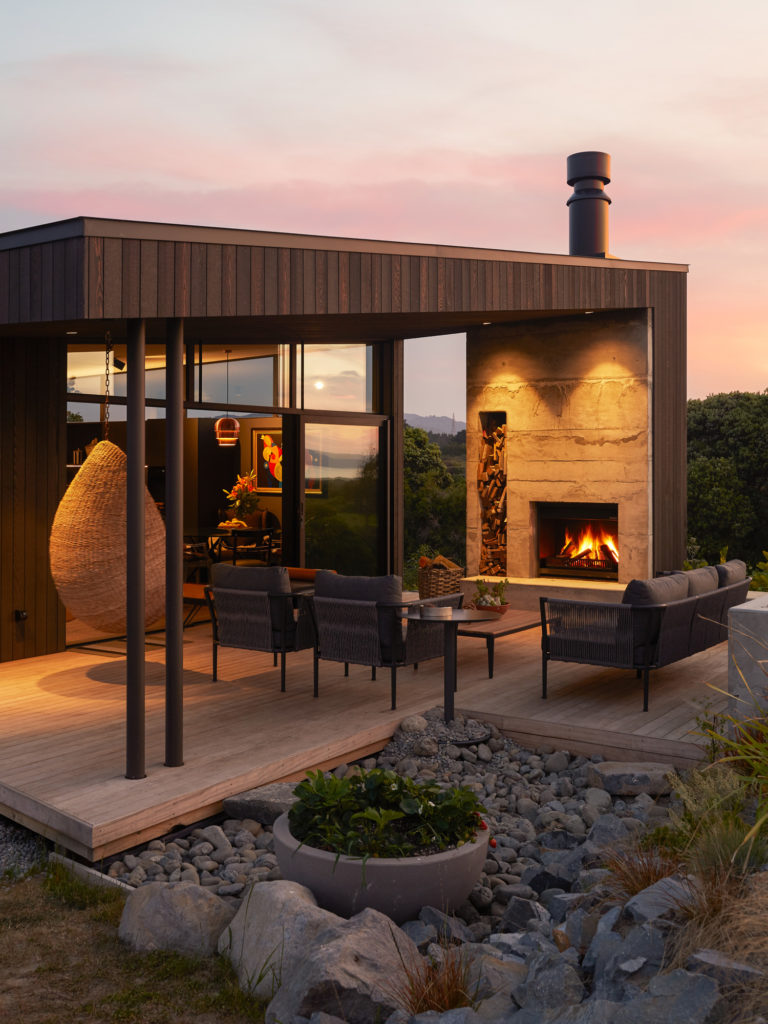
Although this Kapiti Coast home for one by Andrew Sexton Architects is compact, it delivers a multitude of connections to nature.
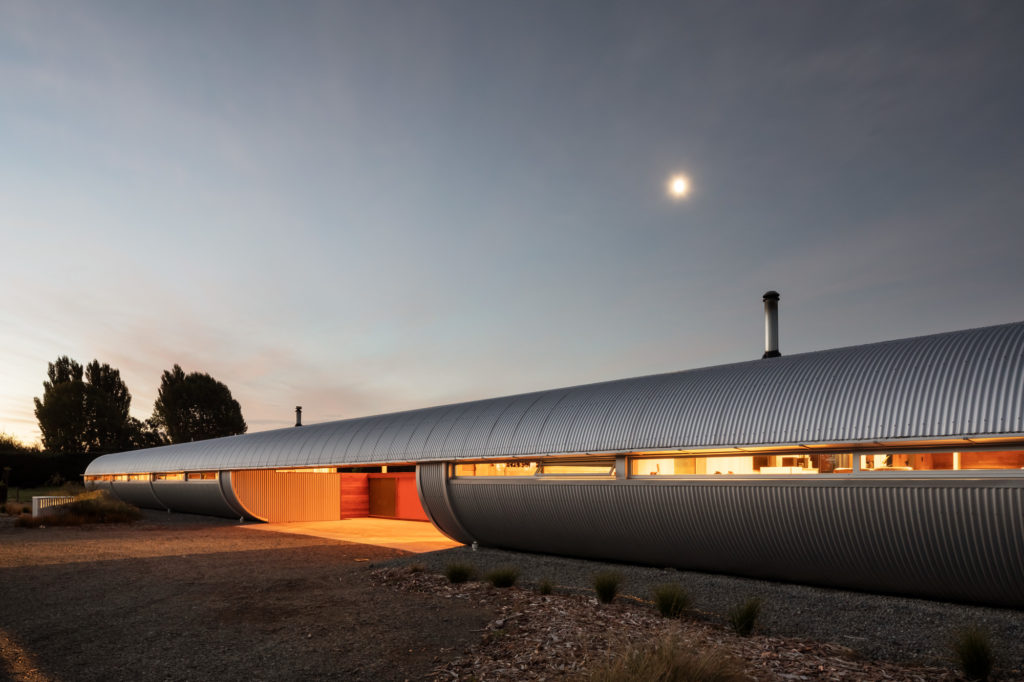
A rural Canterbury home designed by Bull O’Sullivan for multiple generations pushes boundaries while verging on the cinematic.
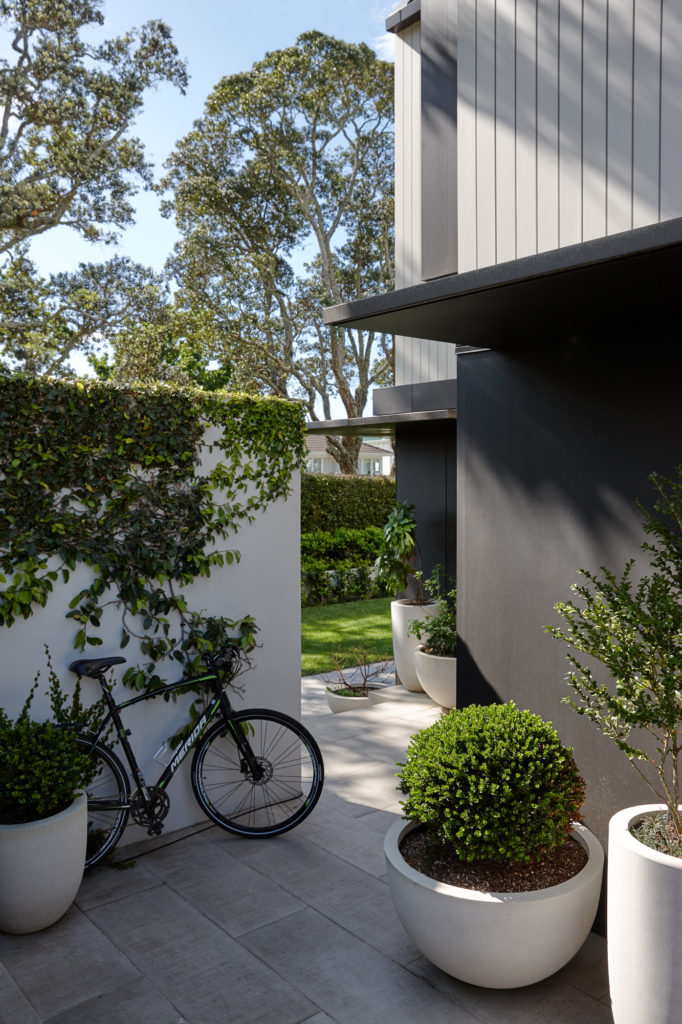
A deceptively small abode in a traditional, leafy street reveals its design secrets one at a time in a layered and calm manner.
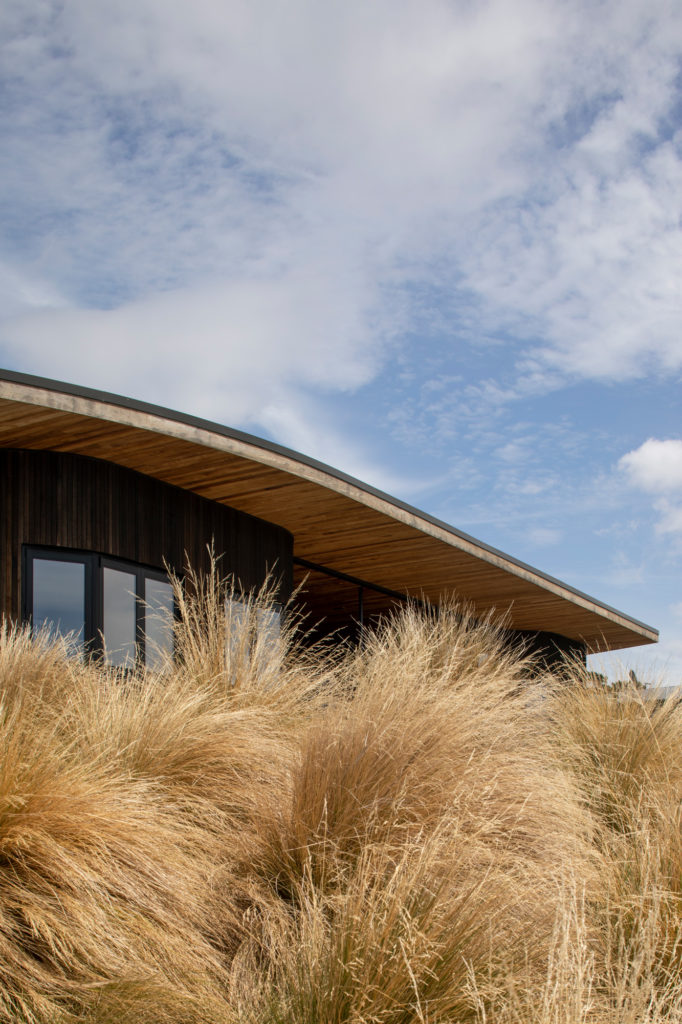
A large boulder discovered during excavation of a Port Hills site became a central feature of this home designed by architect Ken Powrie for his family.
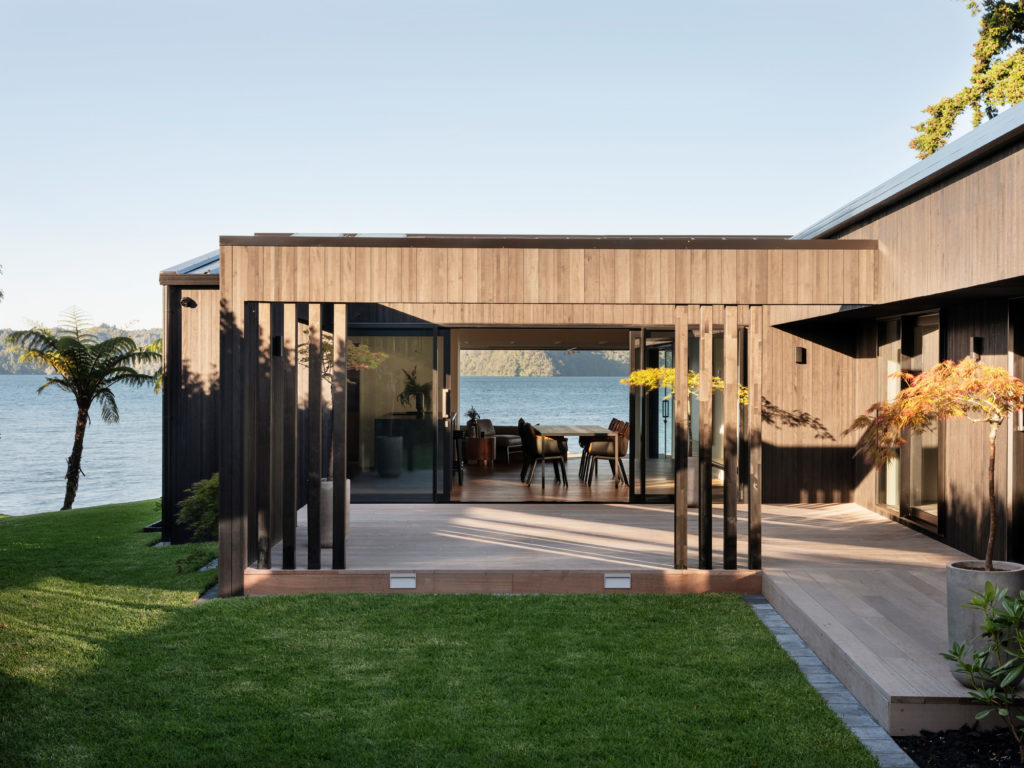
The simplicity of this rural setting gave way to an expertly conceived design allowing for considered moments of solitude on the lakefront. A charcoal-toned roof and vertical timber cladding ensure the form blends into the hills behind, which are blanketed in verdant natives.
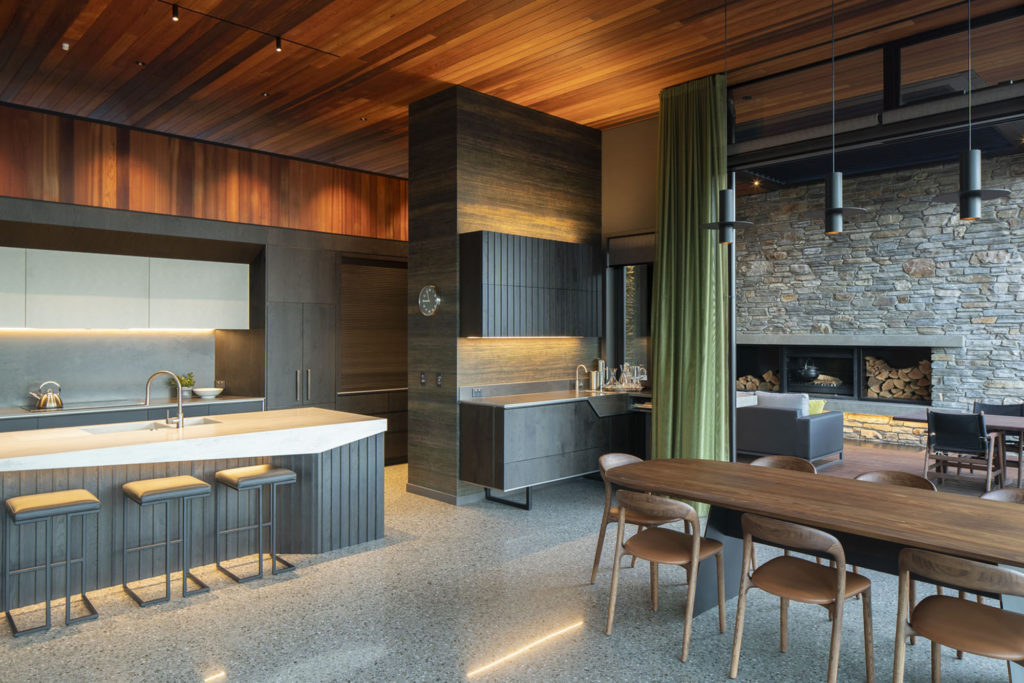
On the edge of Lake Wanaka, Condon Scott Architects designed a home that speaks of its time and place, echoing the hues found in the local environs with a little drama and dance.

The 2022 Home of the Year is Terrace Edge by Anna-Marie Chin Architects, a home of heft and craft near Lake Hayes in Arrowtown.

A sculptural, luxury home with an impressive art collection responds beautifully to its views of Rangitoto Island.

An arts and engineering student and his father rebuild their childhood treehouse bigger, better and almost entirely from recycled materials

A strikingly clear and simple form that rises past many constraints due to site and remoteness. Simple, well detail and clear planning.

Within a suburban and semi-alpine context that is prone to landslides, this home stands out by its aesthetics and passive ethos.

A relatively modest-scale courtyard home that’s both welcoming and well connected to its sloping site. It takes craft and materiality serious

A great response to an urban context in post-earthquake Christchurch. Impressive masterplanning which includes the creation of bump spaces and community creating zones.

The repurposing of a church and its hall into an active, quirky, fun family home that respects its history yet offers something new.
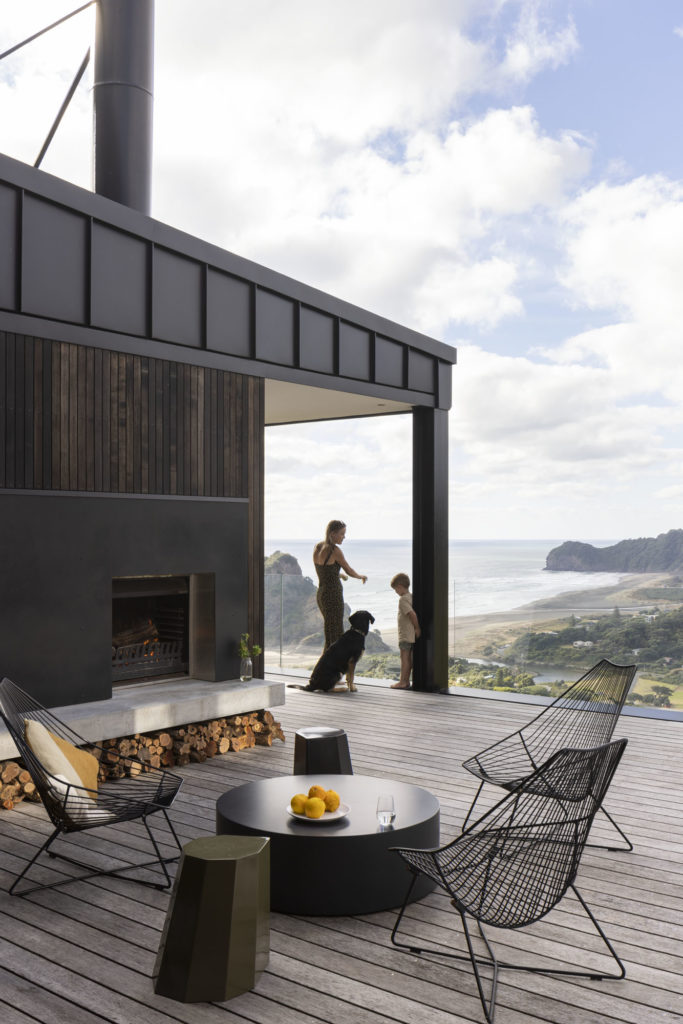
Concealed on a bush-clad hillside site above Piha, the dark facade of this home mimics the tones of the ironsand on the beach below.
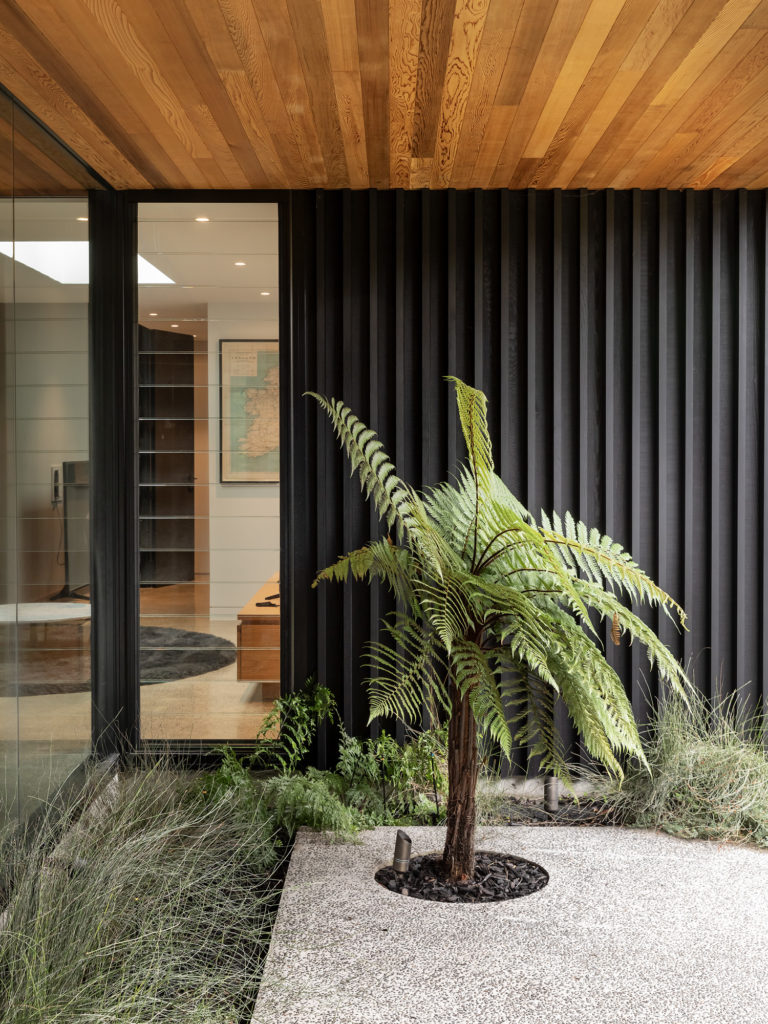
This family home, on the edge of Cox’s Bay Reserve in Westmere, Auckland, was conceived as a place of privacy — a contemporary urban abode incorporating considered moments of whimsy.
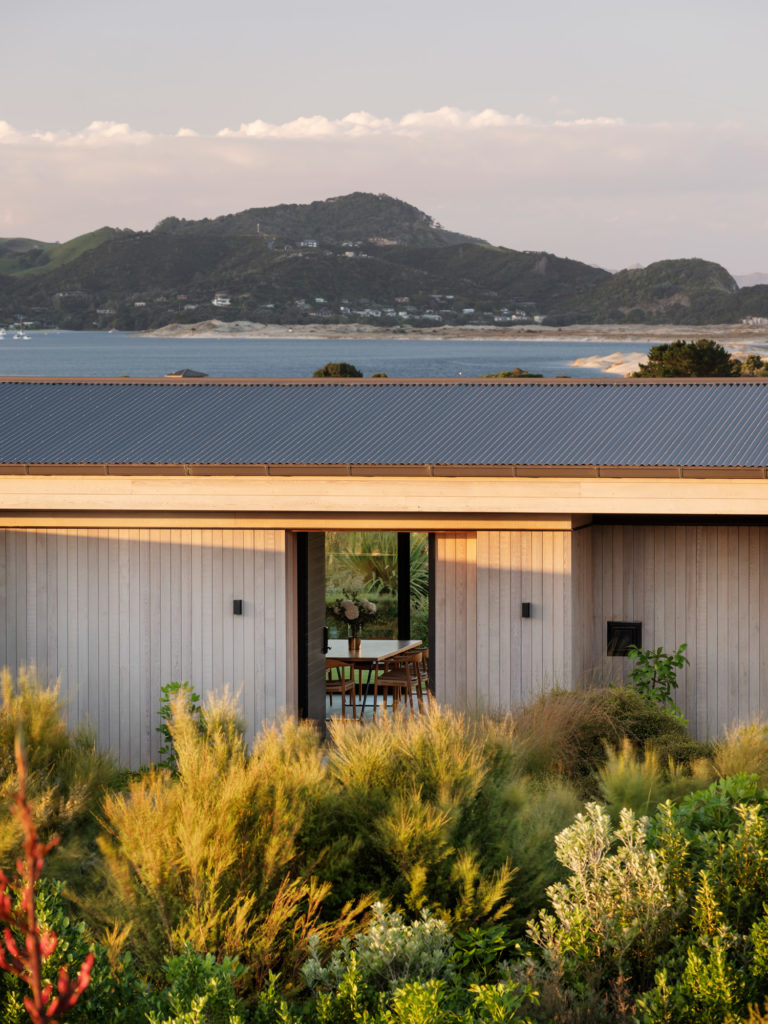
This home on a golf course in Mangawhai, designed by Studio John Irving, is inspired by an international, relaxed expression of luxury and leisure.
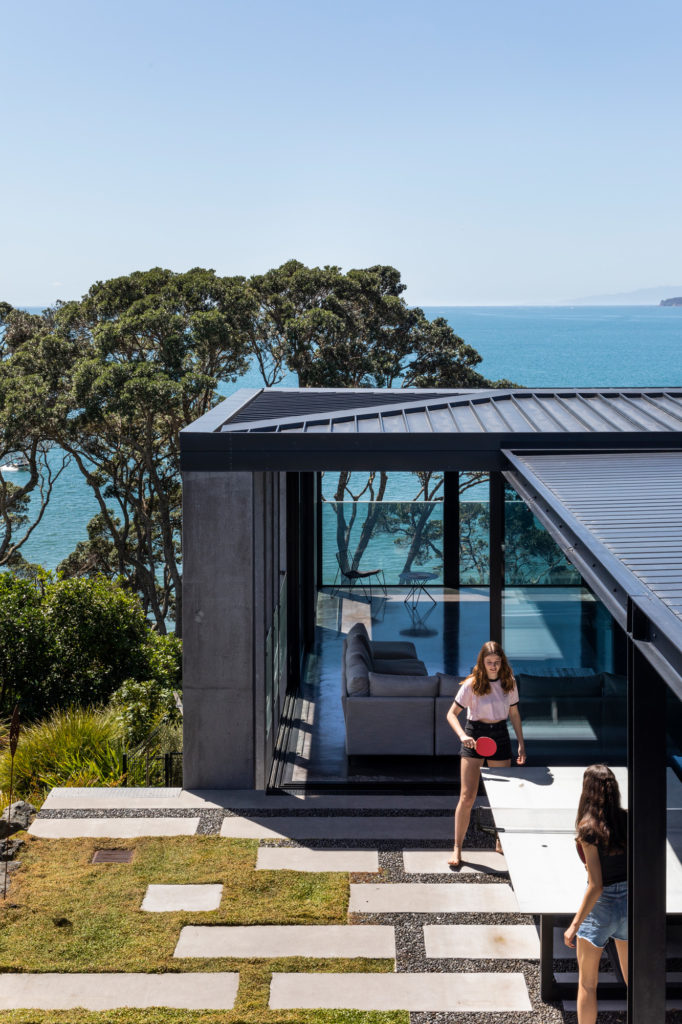
Perched on a cliff above Red Beach in Whangaparoa, this house of blackened concrete and waxed steel delivers an unexpected lightness of form.
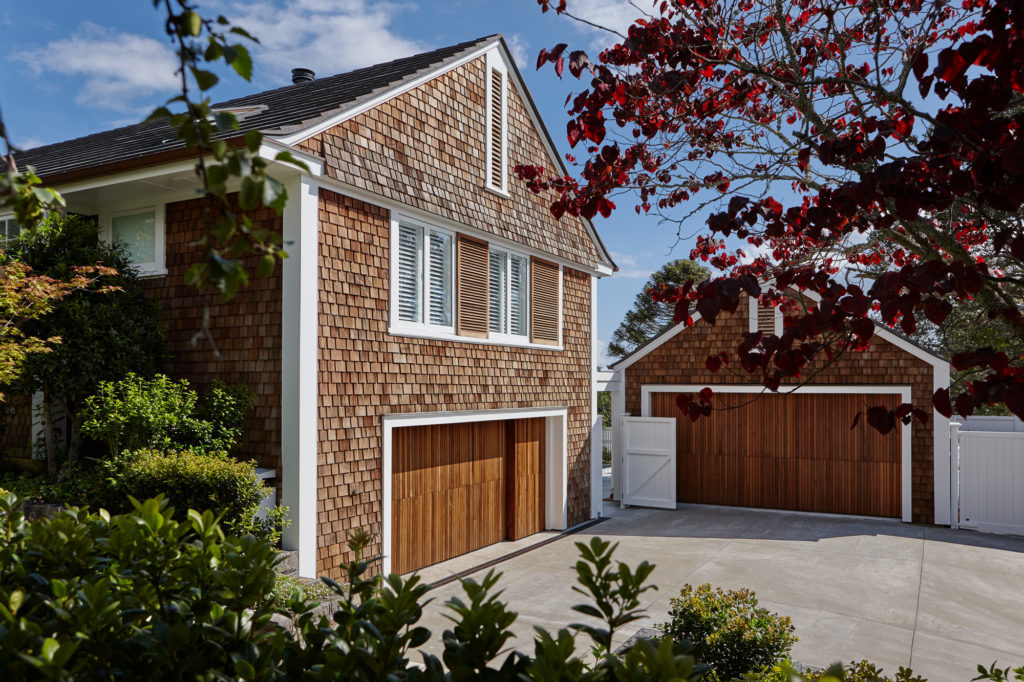
Marrying the elegance and style of New York with the outdoors lifestyle of Auckland, this elegant Remuera house delivers the best of both worlds.
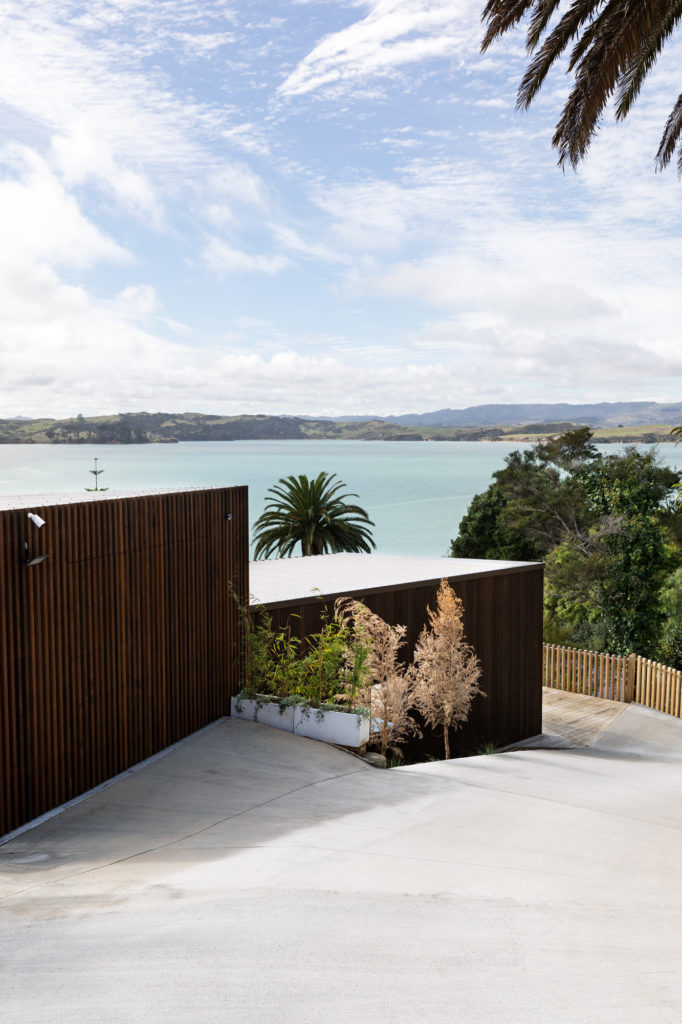
This home on Moonlight Bay Road hangs perilously above the Tasman Sae a mere five minutes’ drive from downtown Raglan.
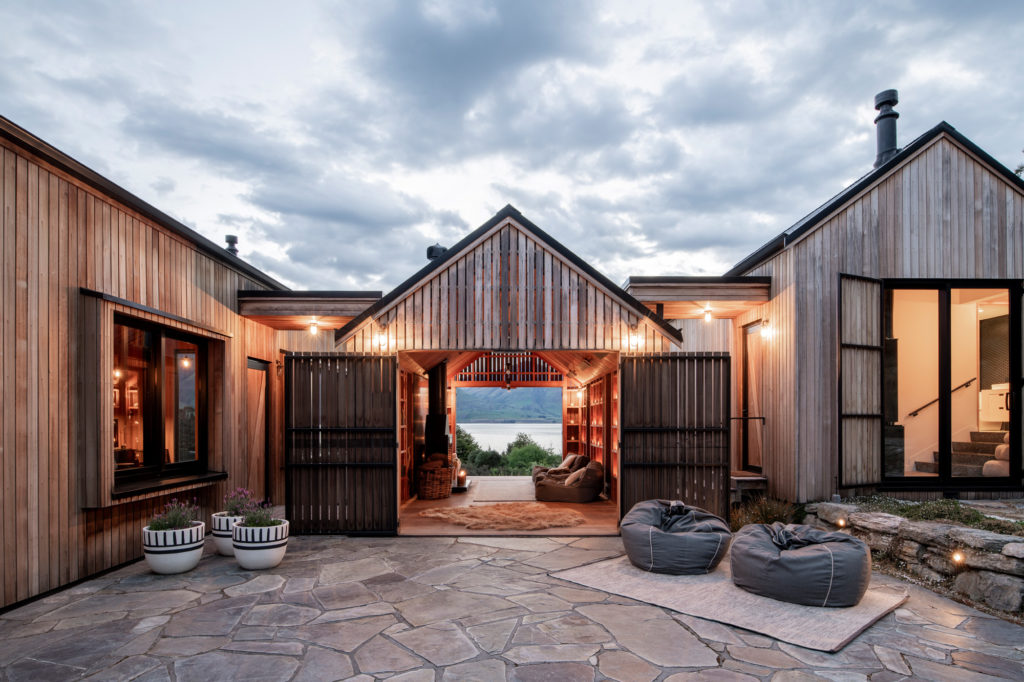
This house by the lake is an expression of both its alpine context and the stylistic DNA of its designers.
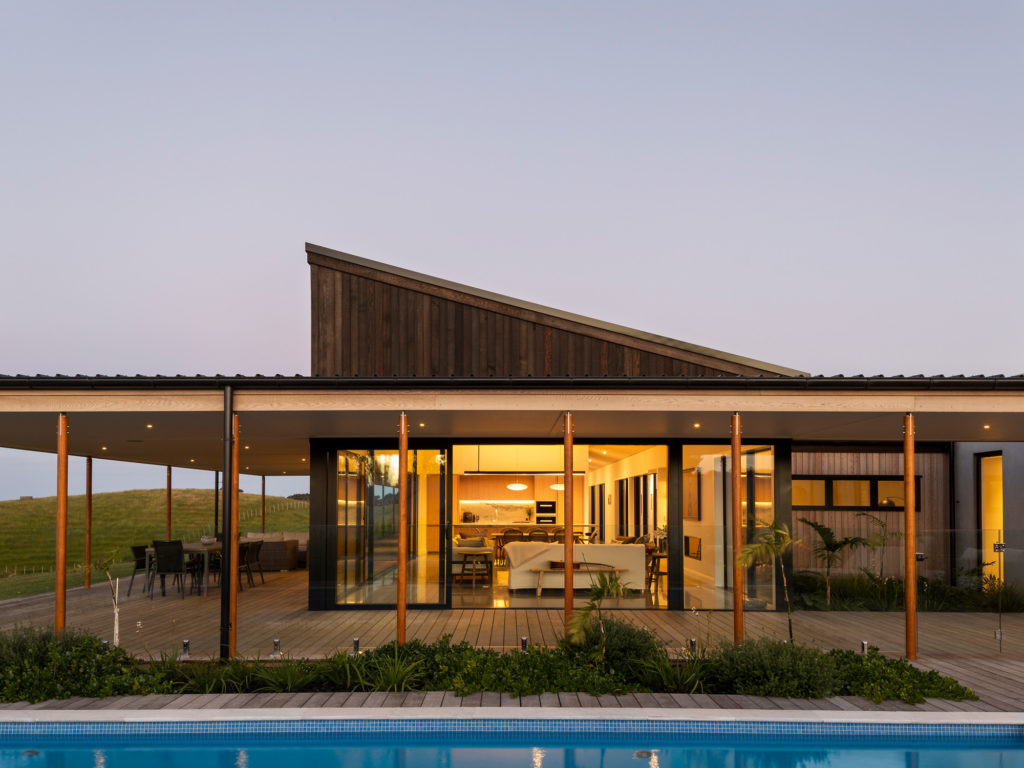
On an enviable Northland site, this family home is a place of elegance and light – a sculptural addition to the rural landscape.
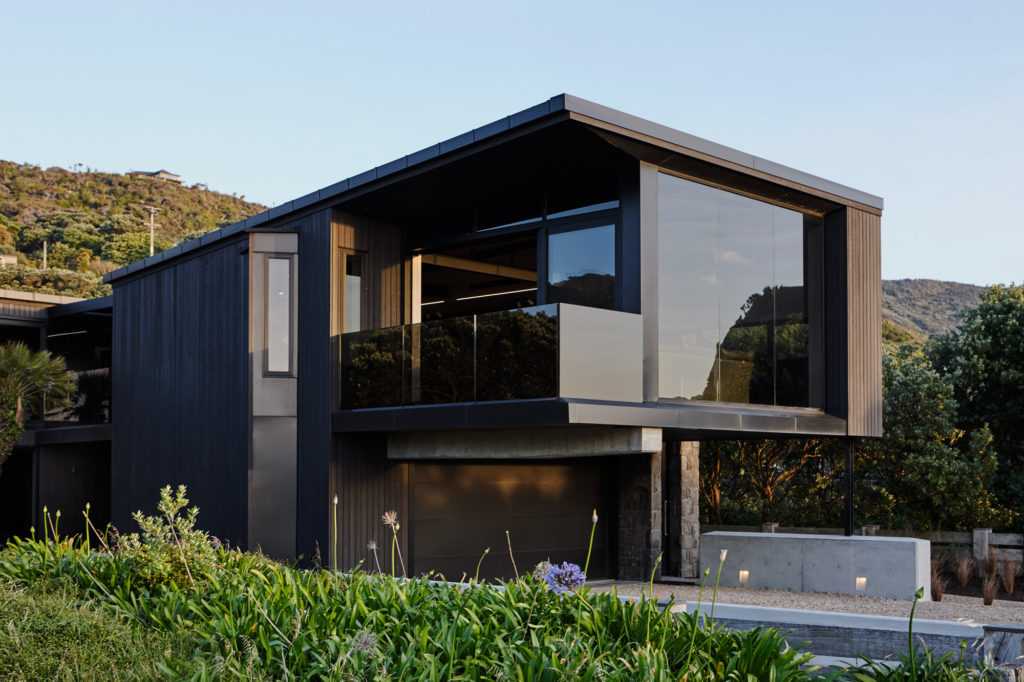
To the west, black sand dunes stretch out to meet the Tasman Sea as it hits land; to the east, dense pohutukawa and kanuka sweep up the hills that give a boundary to this rugged coastline.
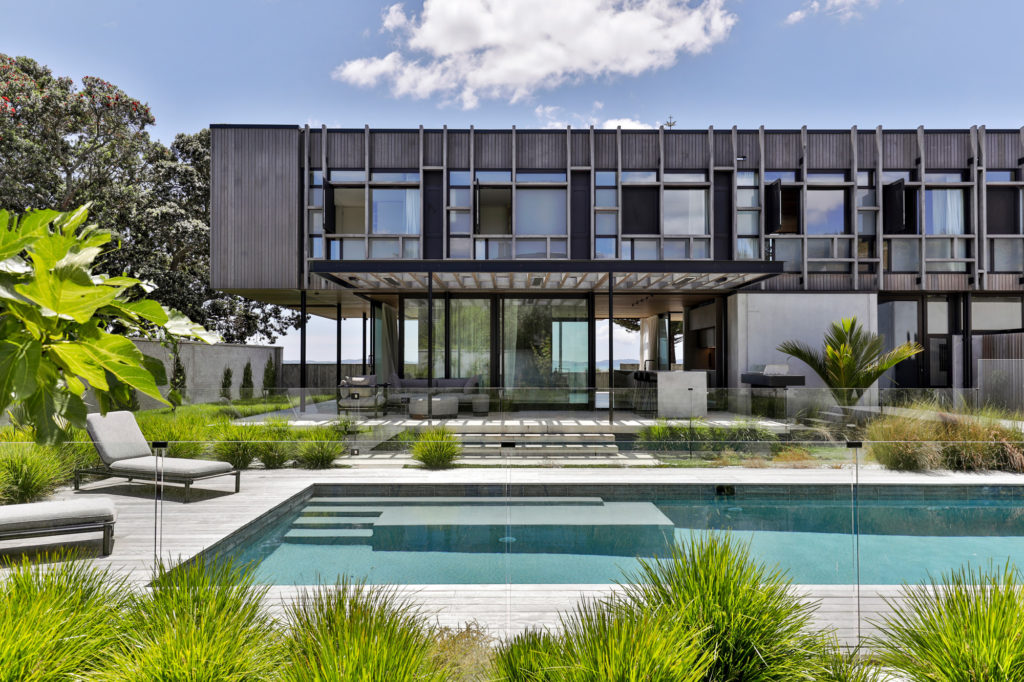
Raised above the ground, this Auckland house of concrete, cedar, bronze and steel reimagines coastal living in the city.
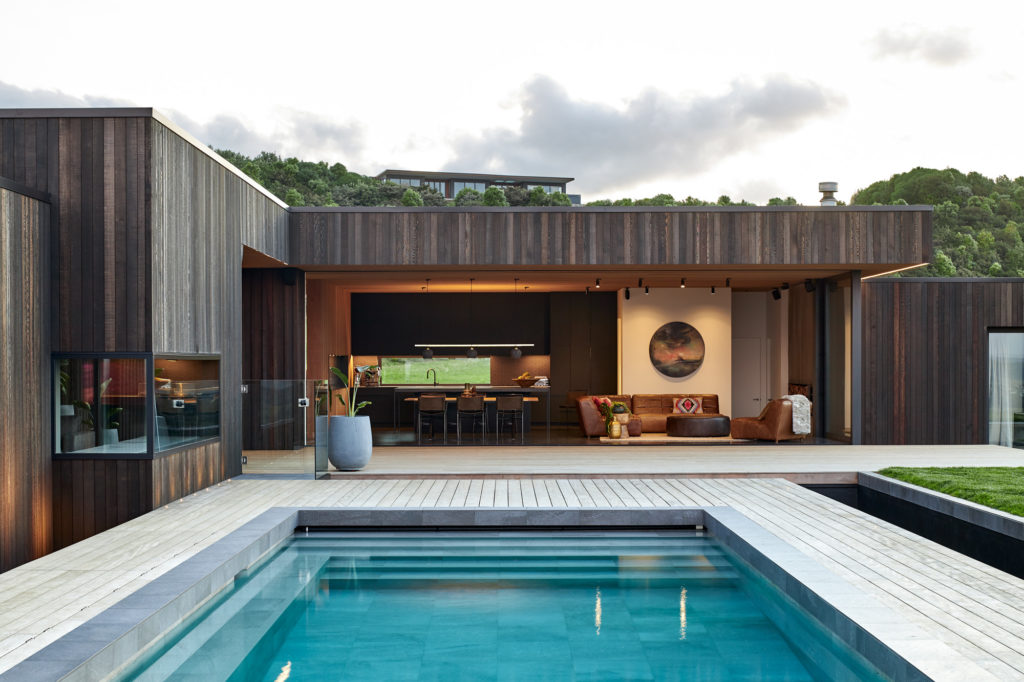
In the foothills of Karioi, dark cedar cloaks a home surrounded by lush greenery in a vast and encompassing landscape.
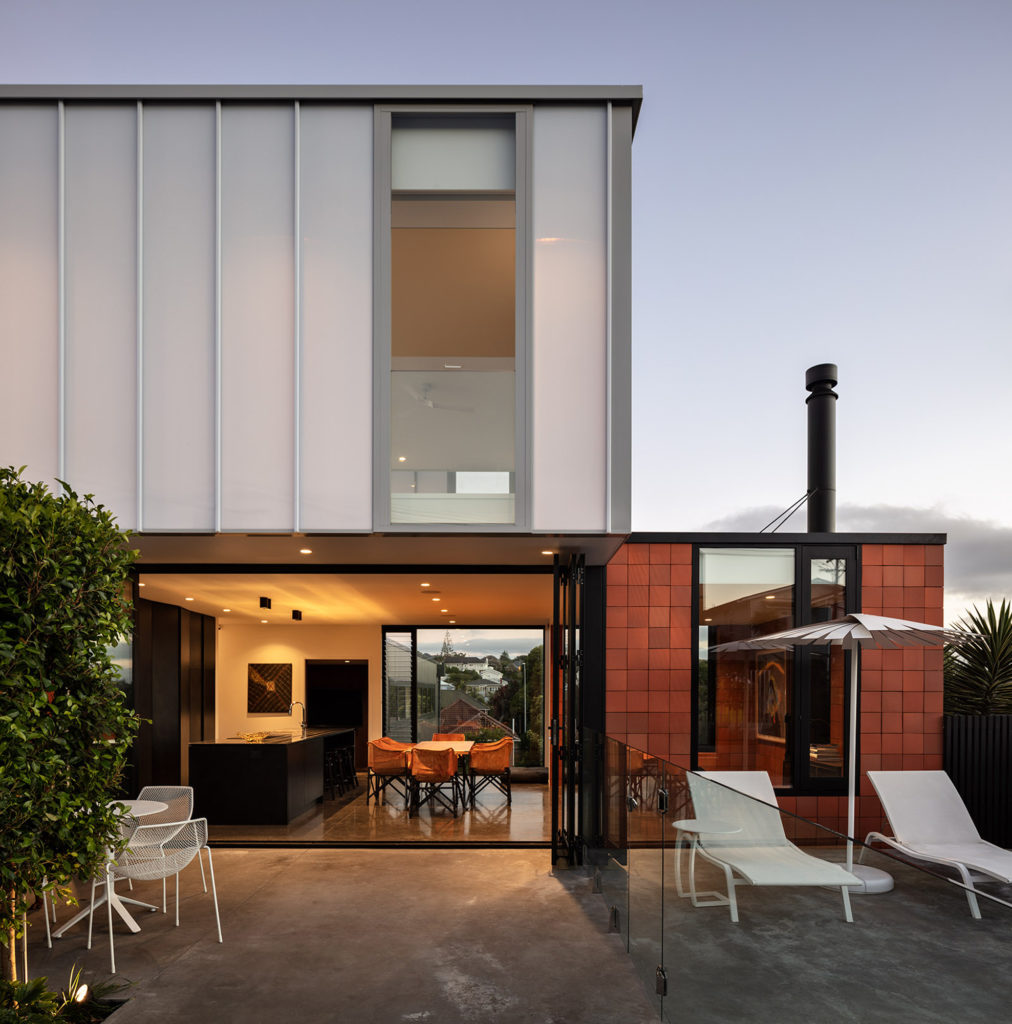
This Auckland home is made up of a trio of individual but allied cubic forms using terracotta, corrugate, and a polycarbonate that positively glows in the dark like an urban lantern.
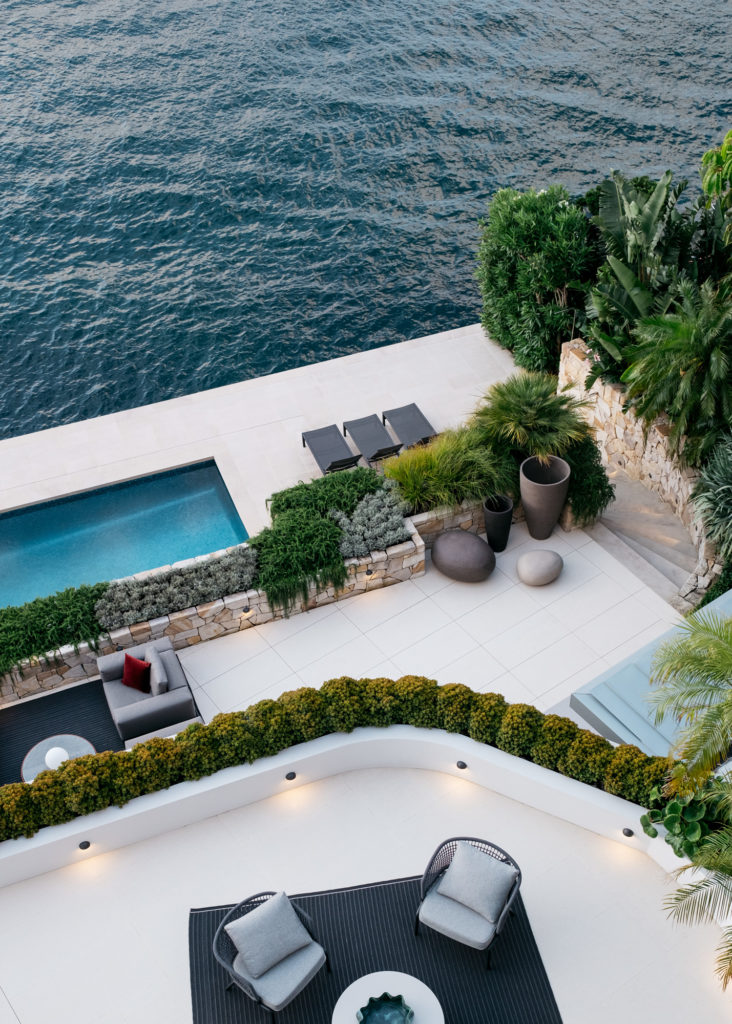
On the shores of Sydney Harbour, New Zealand–born Australian architect Richard Archer devised a home of connections with the water and city beyond
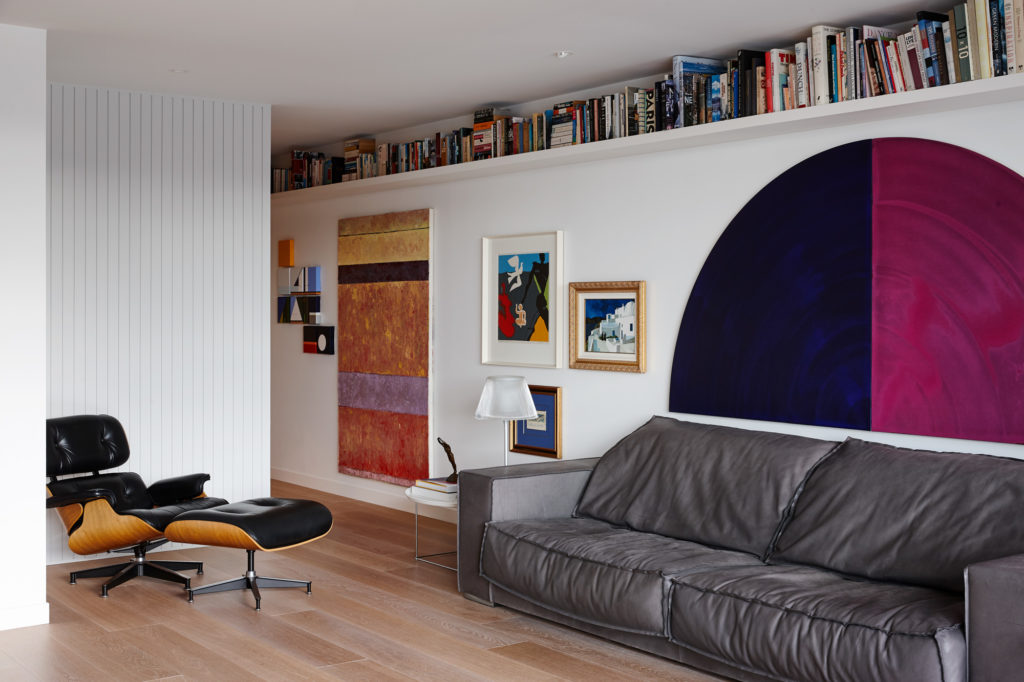
The interior flow of this waterfront, central Auckland apartment has been reimagined by Four Walls Architecture with flow and minimalism in mind.
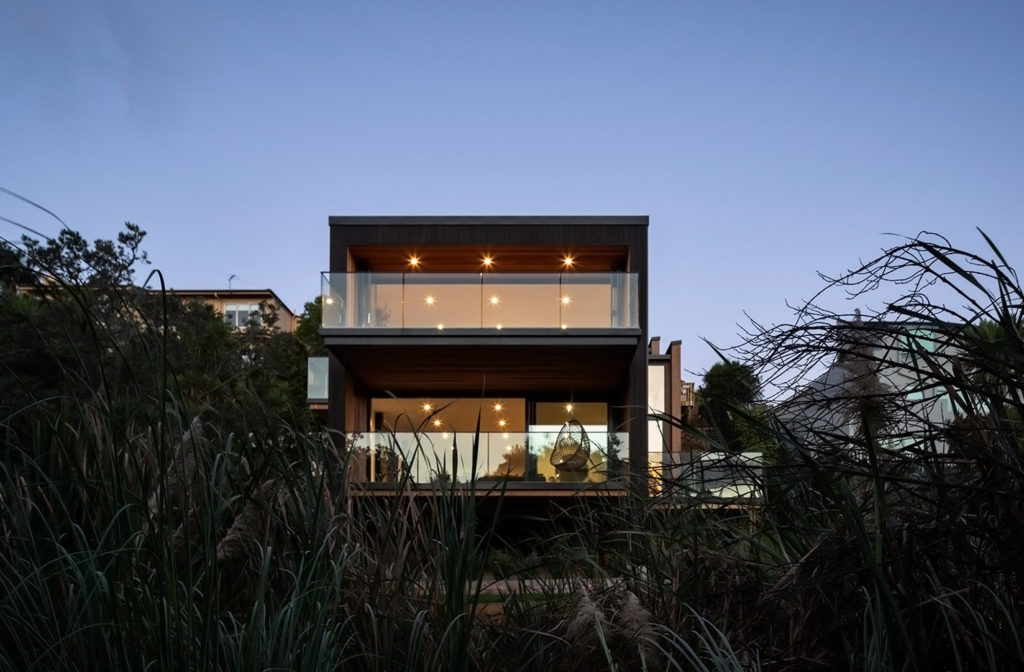
This North Shore home by JCA Studio is sandwiched between two different layers of building code.
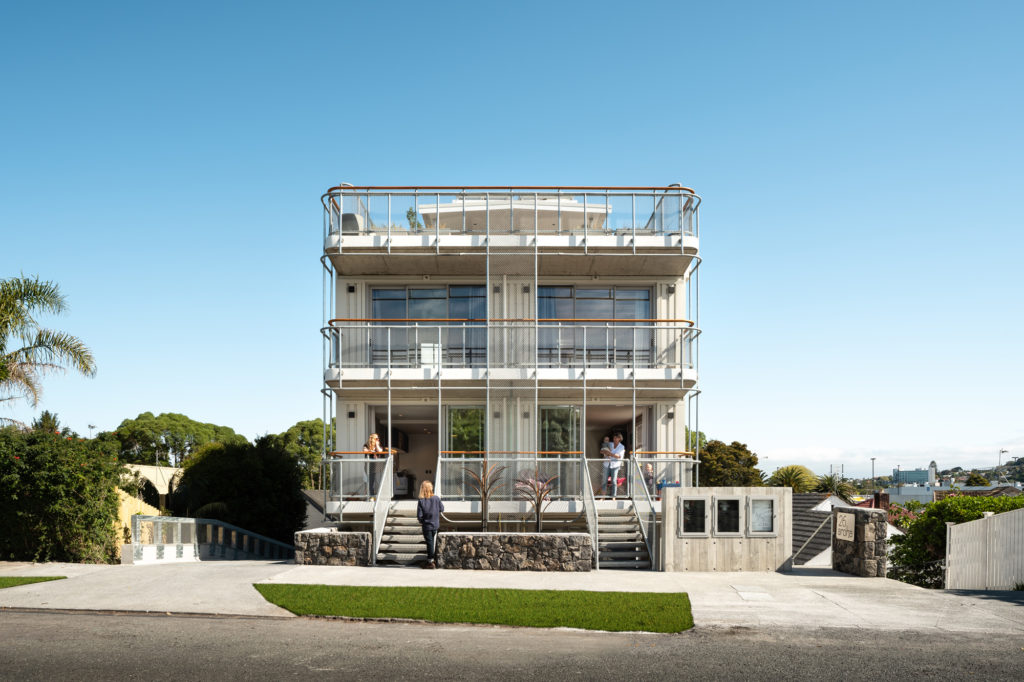
New Zealand’s second apartment complex to have ever achieved the top Homestar rating is an urban experiment focused on people and their place in the land, rather than strictly about architectural form.
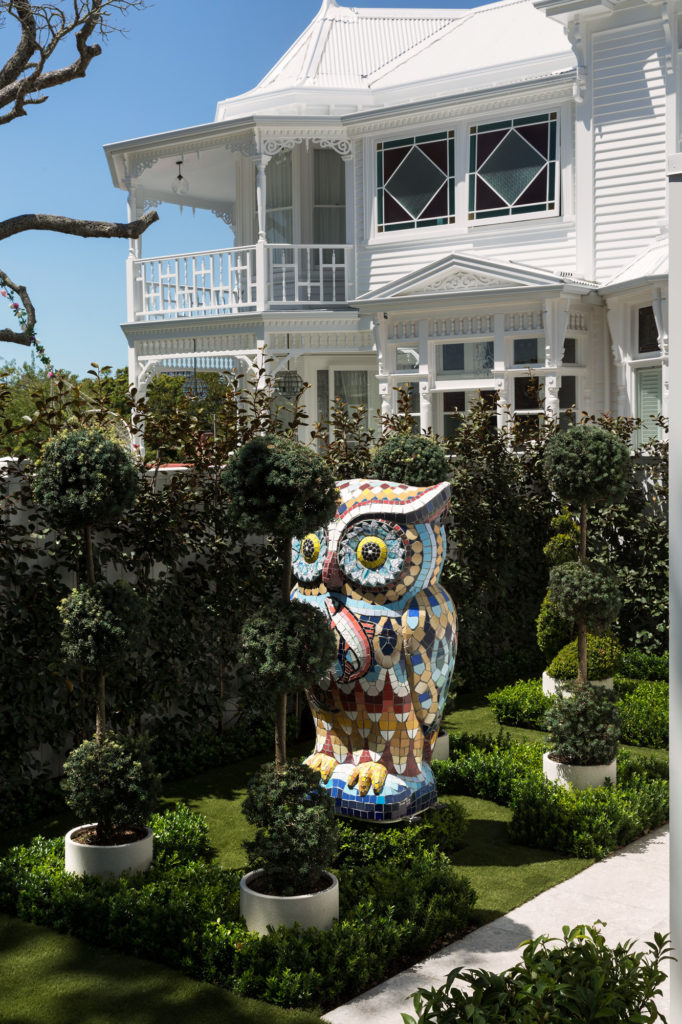
From the street, this elegant white house looks like a close cousin of its neighbours. Two peaked gables and a verandah with a bull-nosed roof give a shout-out to the surrounding villas. But all is not as it seems.
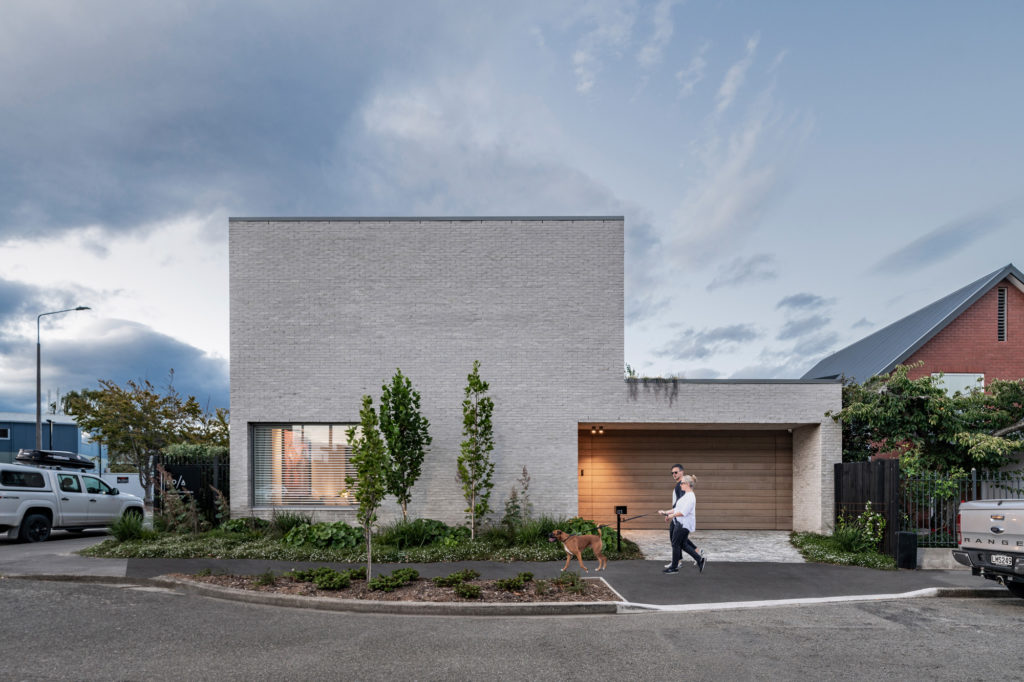
On a prominent corner site in central Christchurch, a cuboid brick house bridges the divide between residential and commercial.
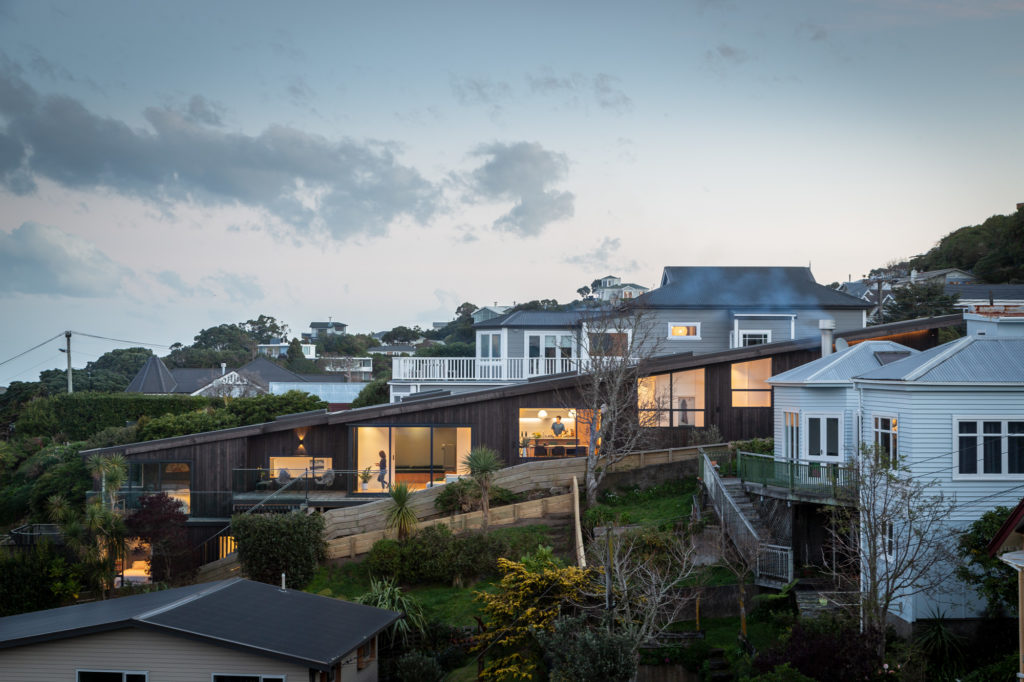
On a steep, narrow site in Wellington, this family home cascades down over various levels, connected by a central spine to the north.
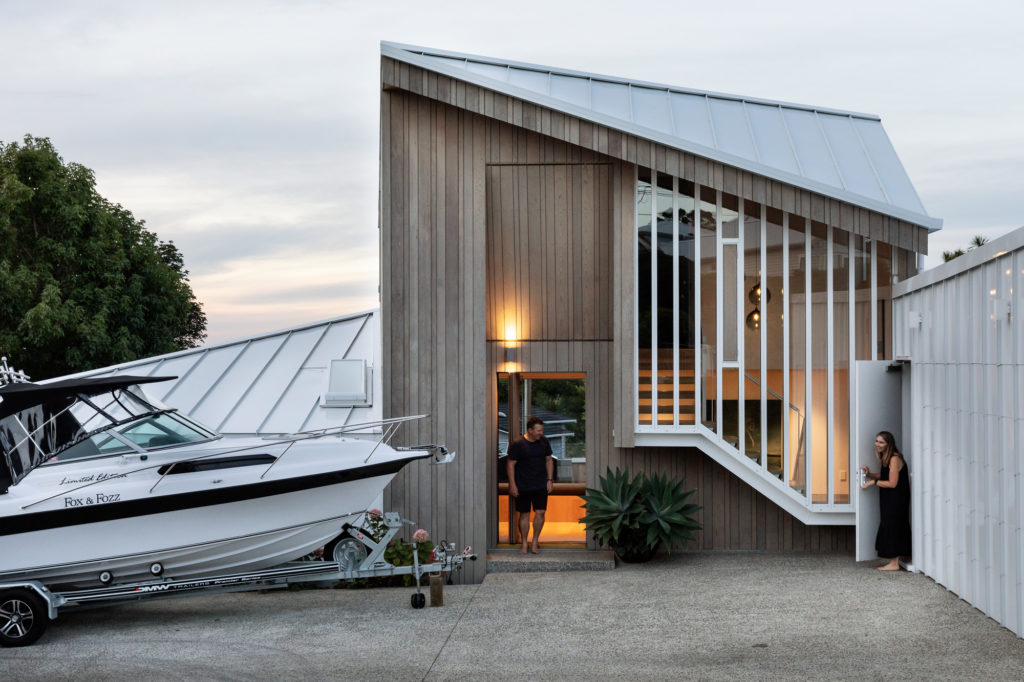
A family-centric, semi-courtyard home with an internal, slow, staggered reveal takes pride in its privacy and as an entertainment mecca.
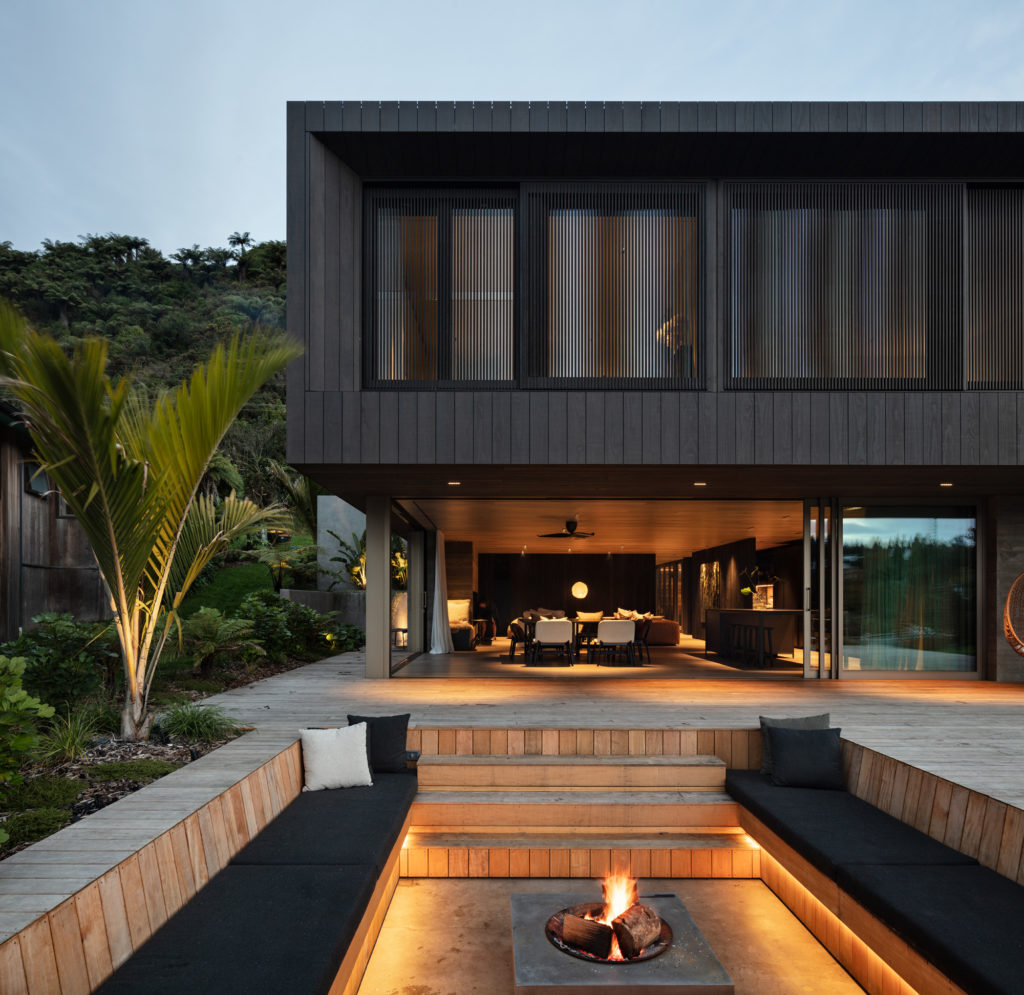
Unfolding across two visually distinct levels, this holiday home on the shore of Lake Rotoiti is envisioned as a winter house — a concrete bunker of sorts nestled into the hillside.
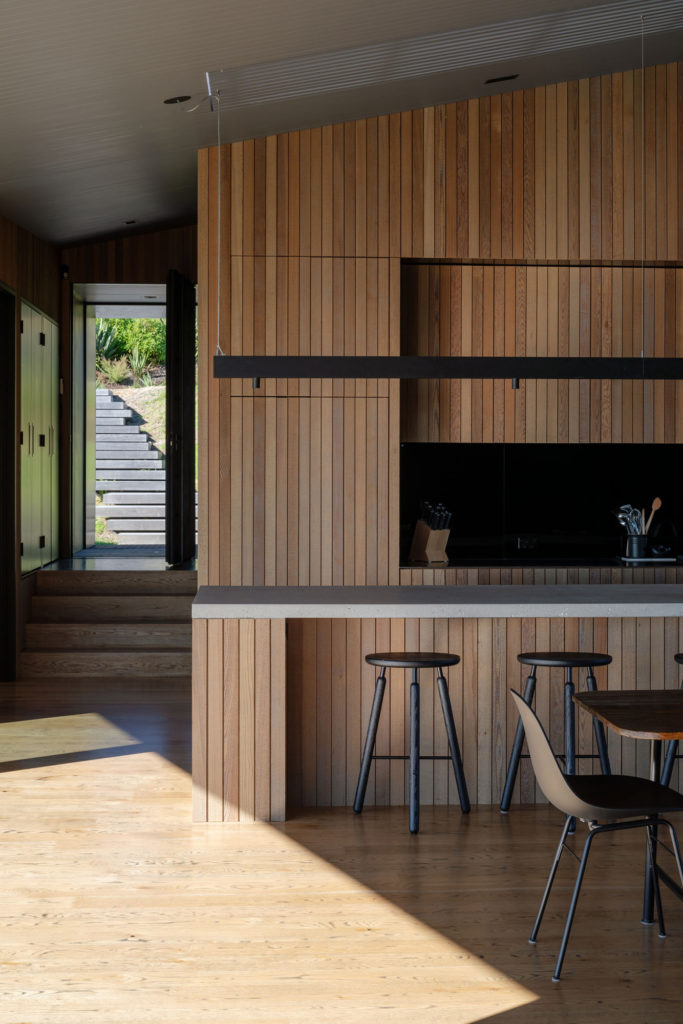
Coastal locations call for special consideration of material and performance. In this case, on a farm on a clifftop in Northland, the site is exposed and the elements are harsh.
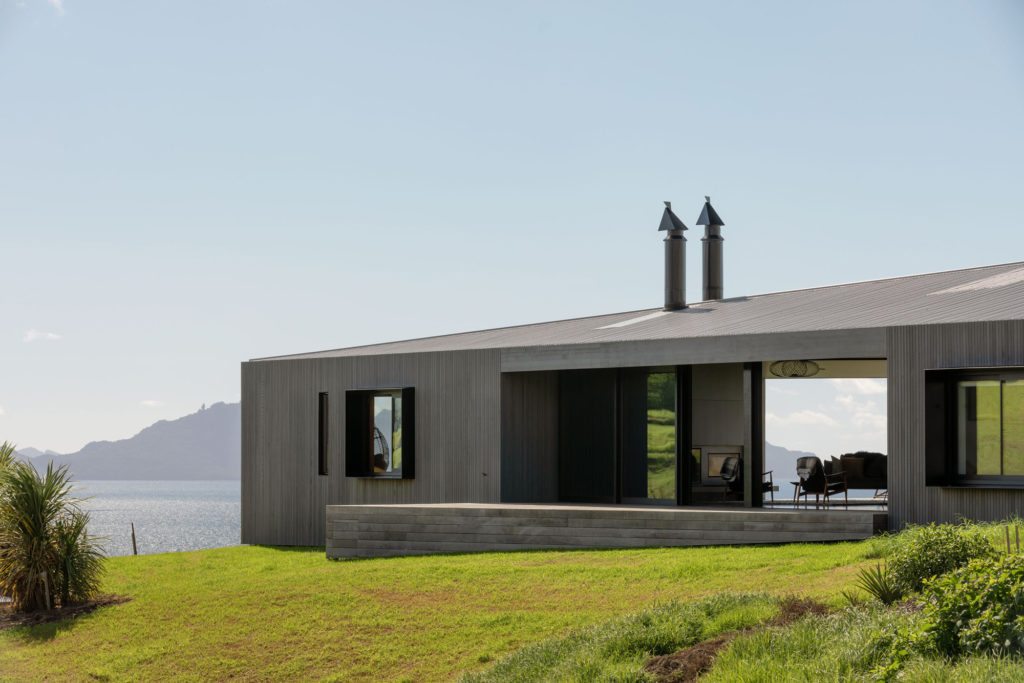
Pointing due north, The Dart is a direct and simple response to the topography of Mangawhai’s Bream Tail Farm.
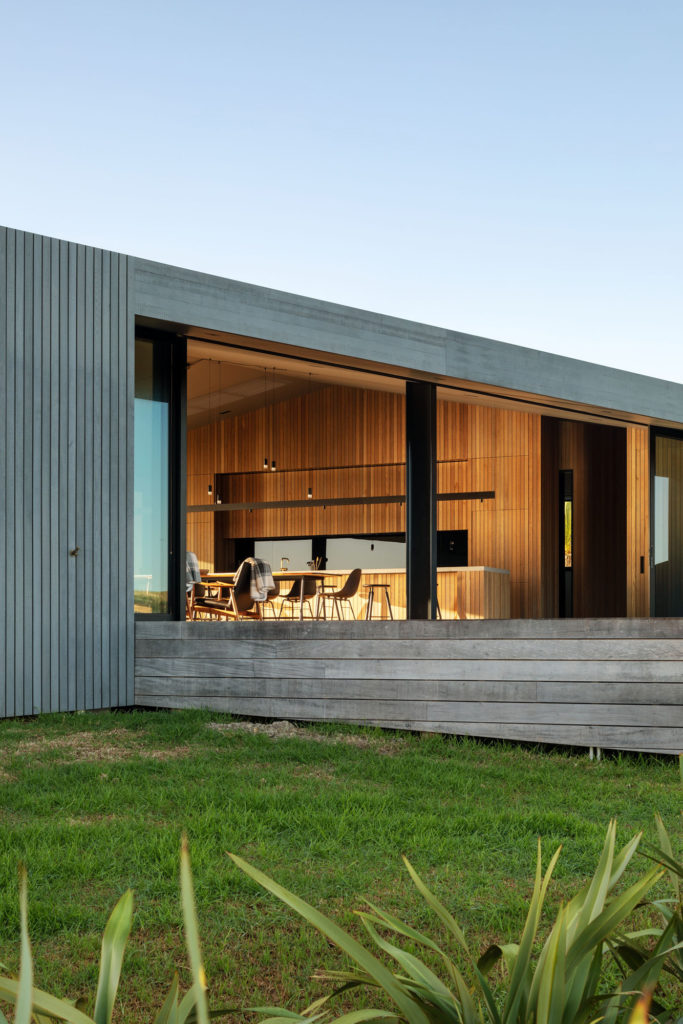
On a clifftop that makes up part of the expansive and undulating land of Mangawhai’s Bream Tail Farm, this sculptural holiday home responds beautifully to its rural and coastal environs.
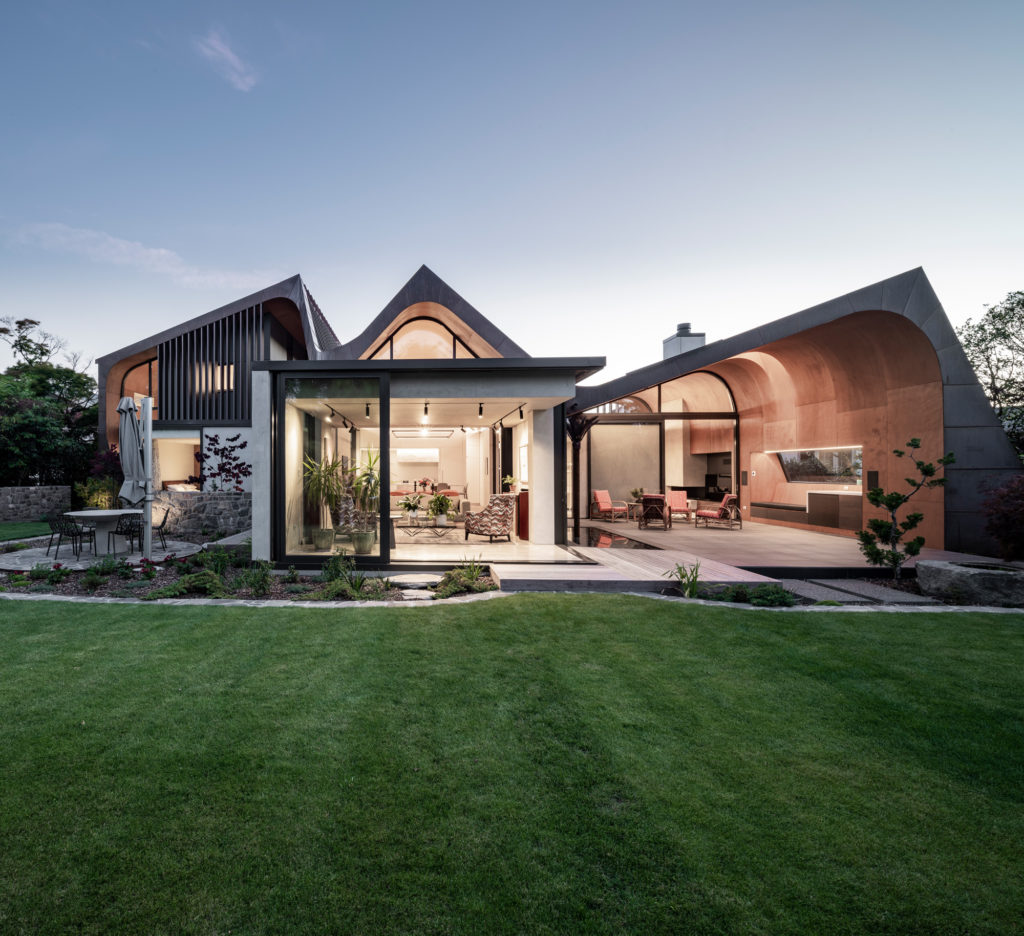
Inspired by a heritage church, this suburban Christchurch home uses its sinuous form for both impact and functionality.
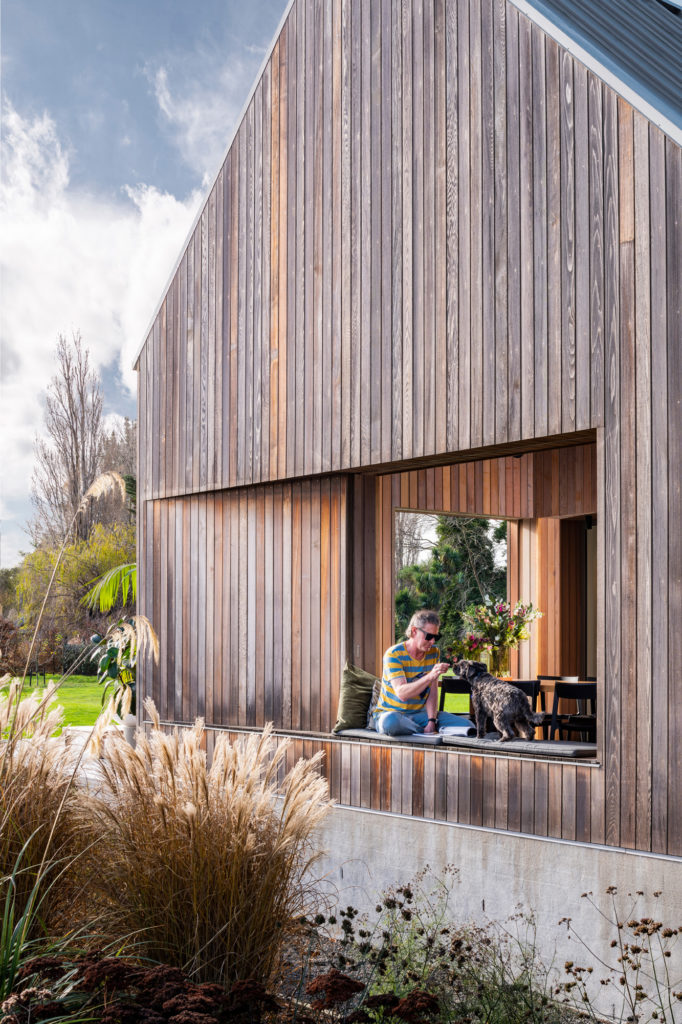
Bounded by farmland, and beneath a simple gabled form, this home is designed around layered moments of unexpected eccentricity. Surrounded by Cantabrian farmland, the home of two former Christchurch locals delivers unexpected eccentricities within a traditional gabled form. Head southwest out of Christchurch and the city quickly gives way to countryside that offers a quintessential English charm. The roads are narrow, meandering, and surrounded by trees, through which dappled light casts a familiar, unpredictable pattern.
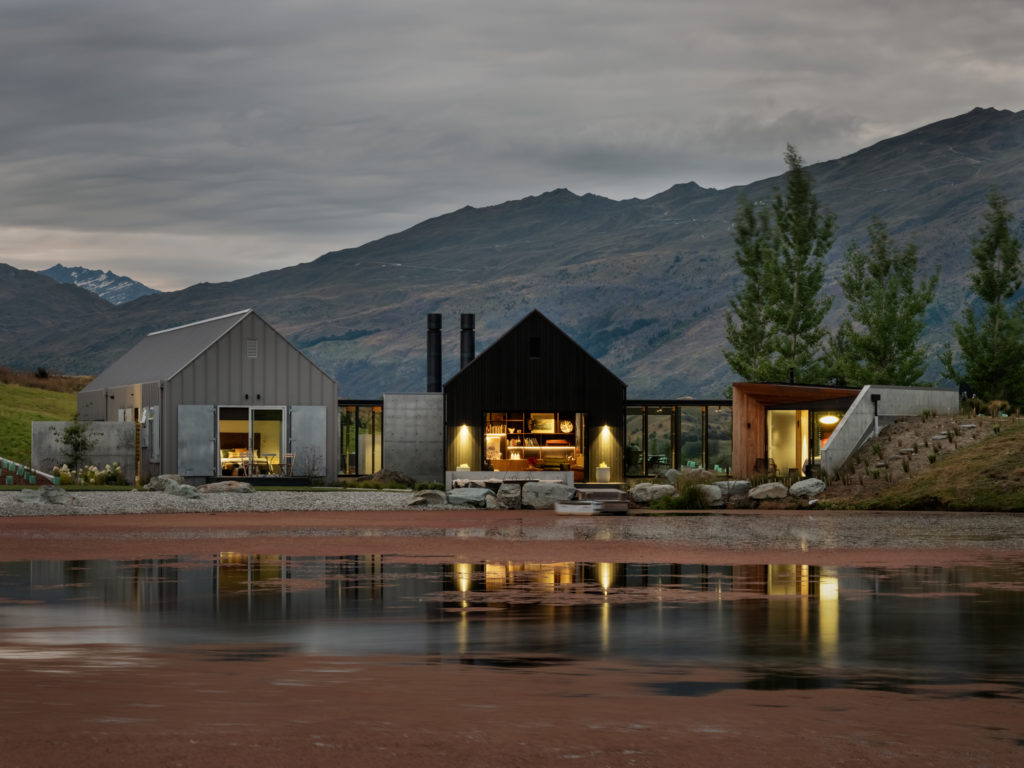
AW Architects has designed a house in Bendemeer with three, very distinct volumes and equally diverse personalities: the birdwatcher, the socialite, and the sheep shearer who’s scrubbed up well.
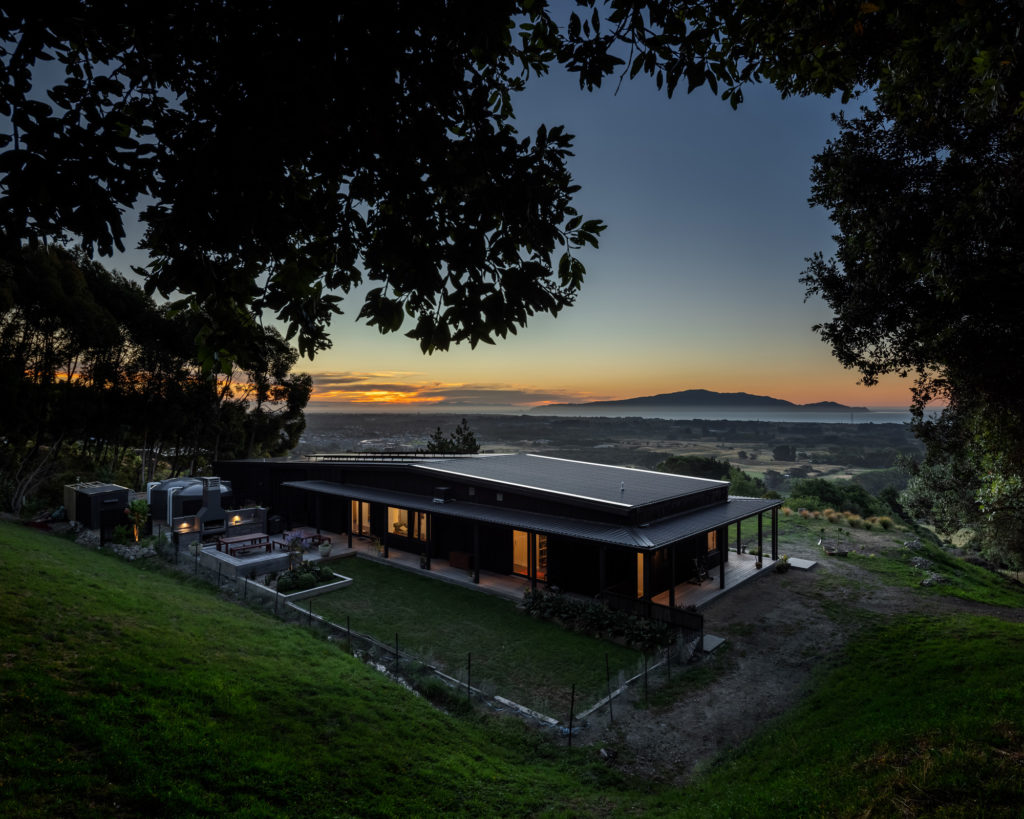
This certified passive house is the sum of many parts — some conflicting, others converging; but as one, the innate tensions deliver an enviable and powerful presence.
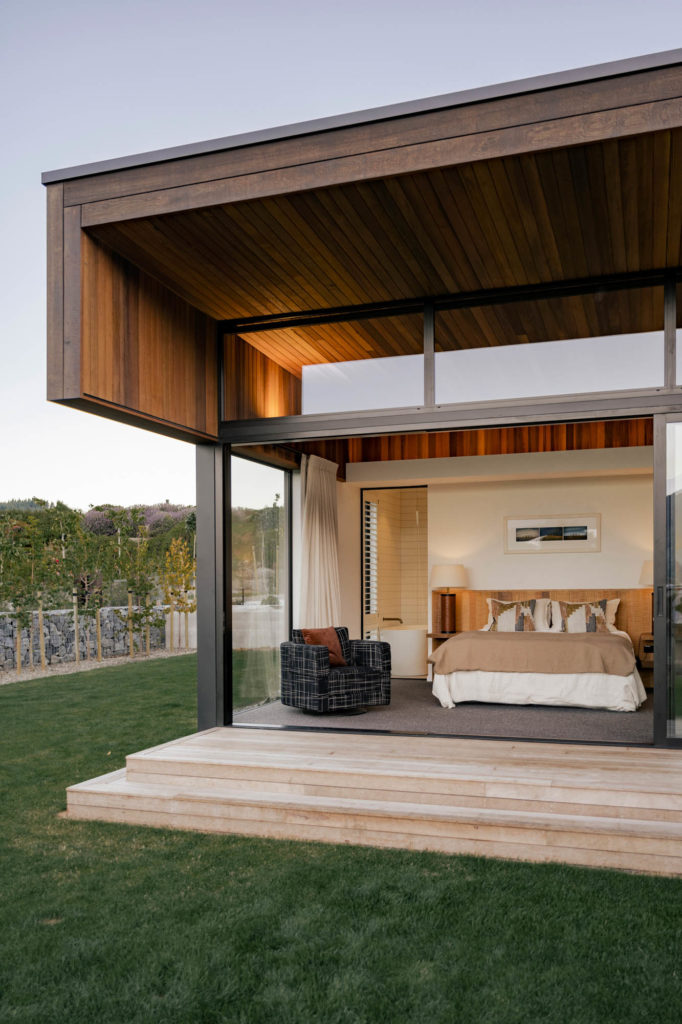
A high-performing holiday home in Wanaka plays with height and light, compression and expansion.
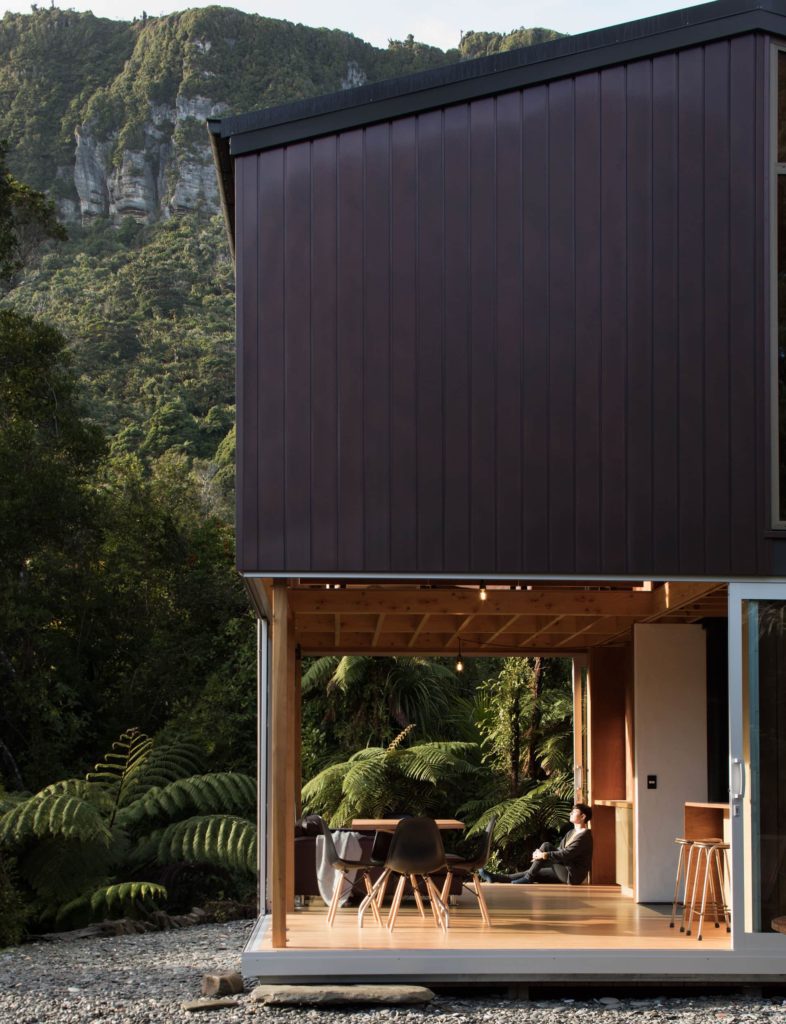
We spoke to architect James Warren of Upoko Architects about the challenges, design, and why tiny homes are gaining popularity.
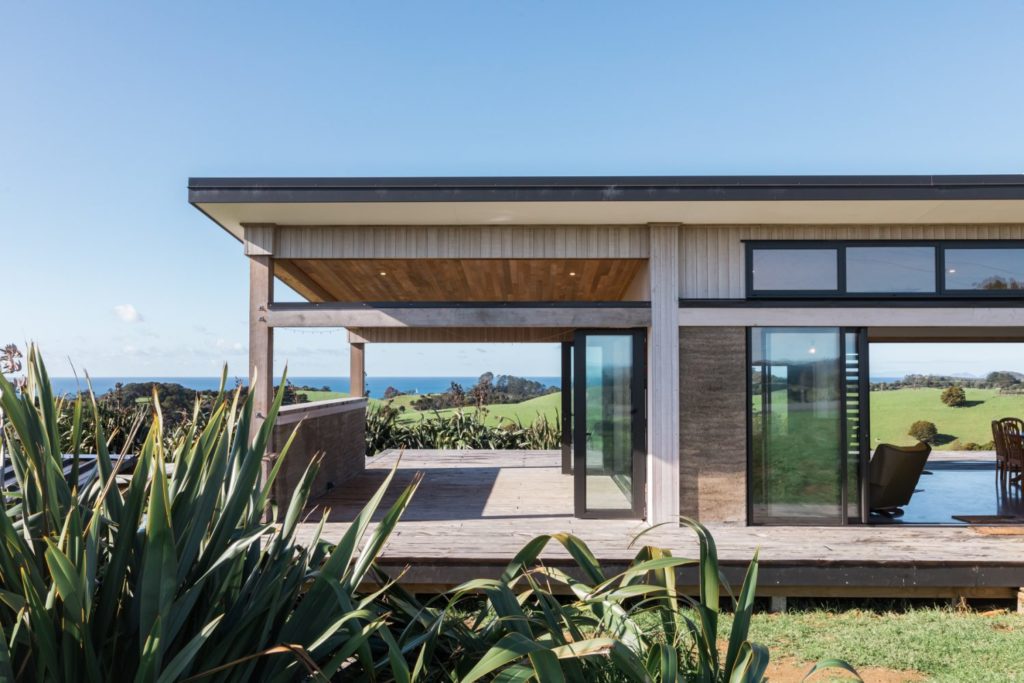
We spoke to builder Sam McGregor about the tensions and similarities between rammed-earth and passive house methodologies.
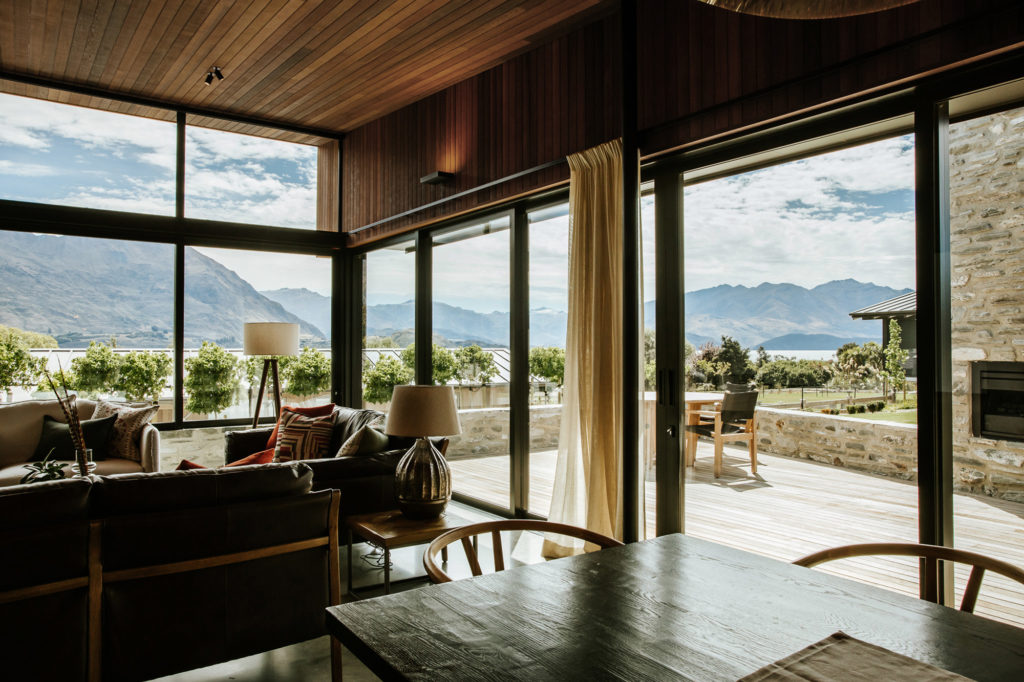
A lone Japanese maple defines the seasons in this Wanaka Home. It sits in an intimate courtyard, surrounded by gently sloping rooftops that reach out to the peaks beyond.

On a southern beach where seals come ashore and kārearea hunt, this bunker-like holiday home was designed to tread lightly on the land.
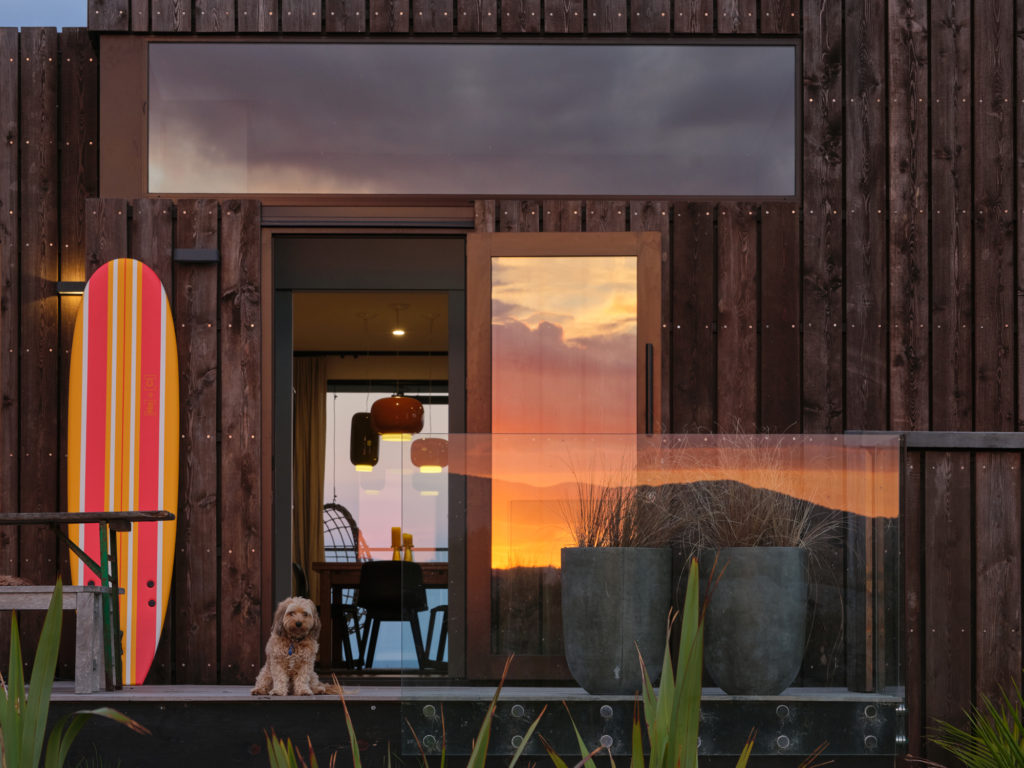
This coastal cabin in Mangawhai Heads has a lot going for it. With 270-degree views out across the ocean and back towards the Brynderwyns, it’s a special place, and the hilltop context of the site meant that there was a myriad of opportunities to explore. Husband and wife duo builder Dave Cuneen and interior designer Fran Cuneen worked with architectural designer Hamish Strirrat to develop a design brief centred on versatility — a home that
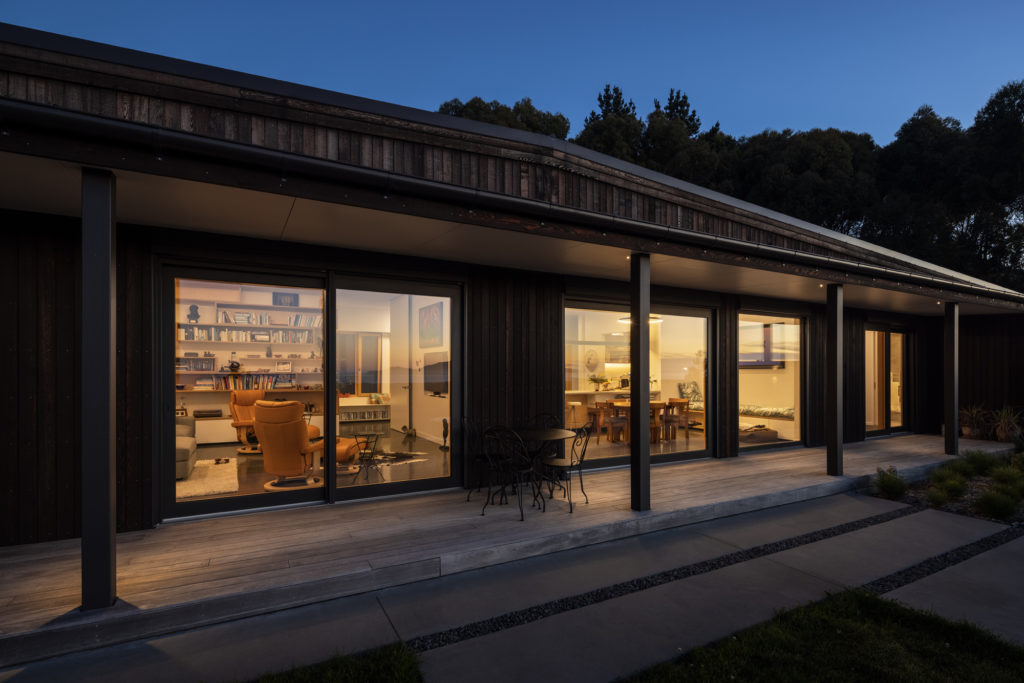
We speak to Wellington architect Amanda Bulman of Three Line Architecture who designed Echo House, a certified Passive House on the Kapiti Coast.
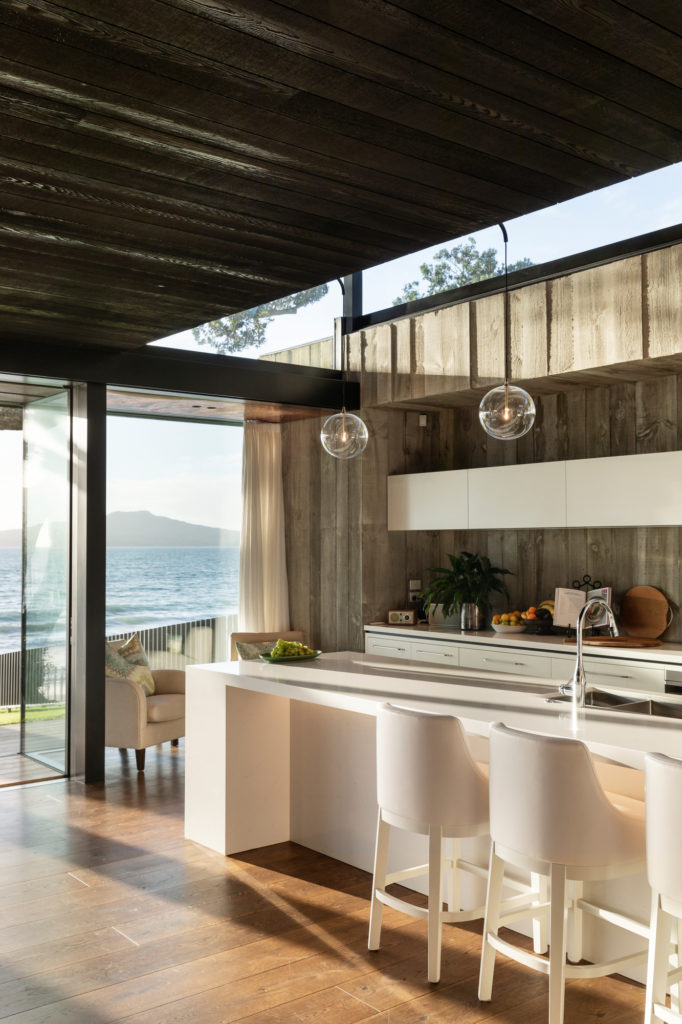
The 2021 City Home of the Year, House on Takapuna Beach by CAAHT Studio, met the challenge of the fishbowl effect, as beach goers and dog walkers promenade the sand beyond the site’s border.
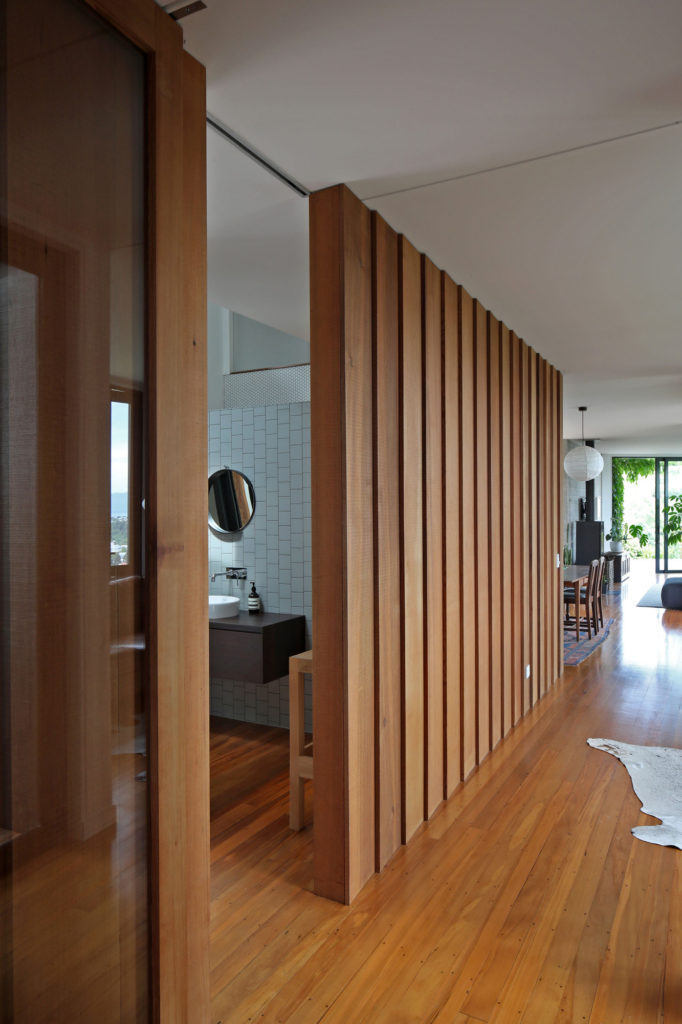
New Zealand residential architecture is dominated by the use of timber, both as an exterior cladding and joinery material, and for internal detailing — and there’s good reason for that.
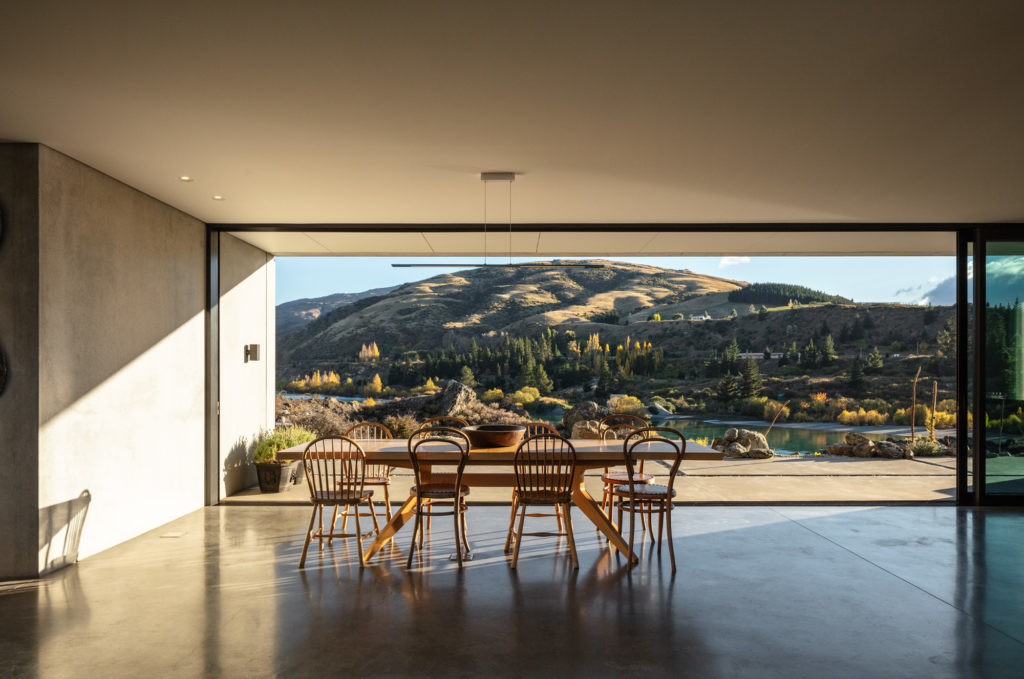
HOME and Peter Fell present: A Modern Stone, an exploration of concrete in the 2021 Home of the Year, Black Quail House by Bergendy Cooke.
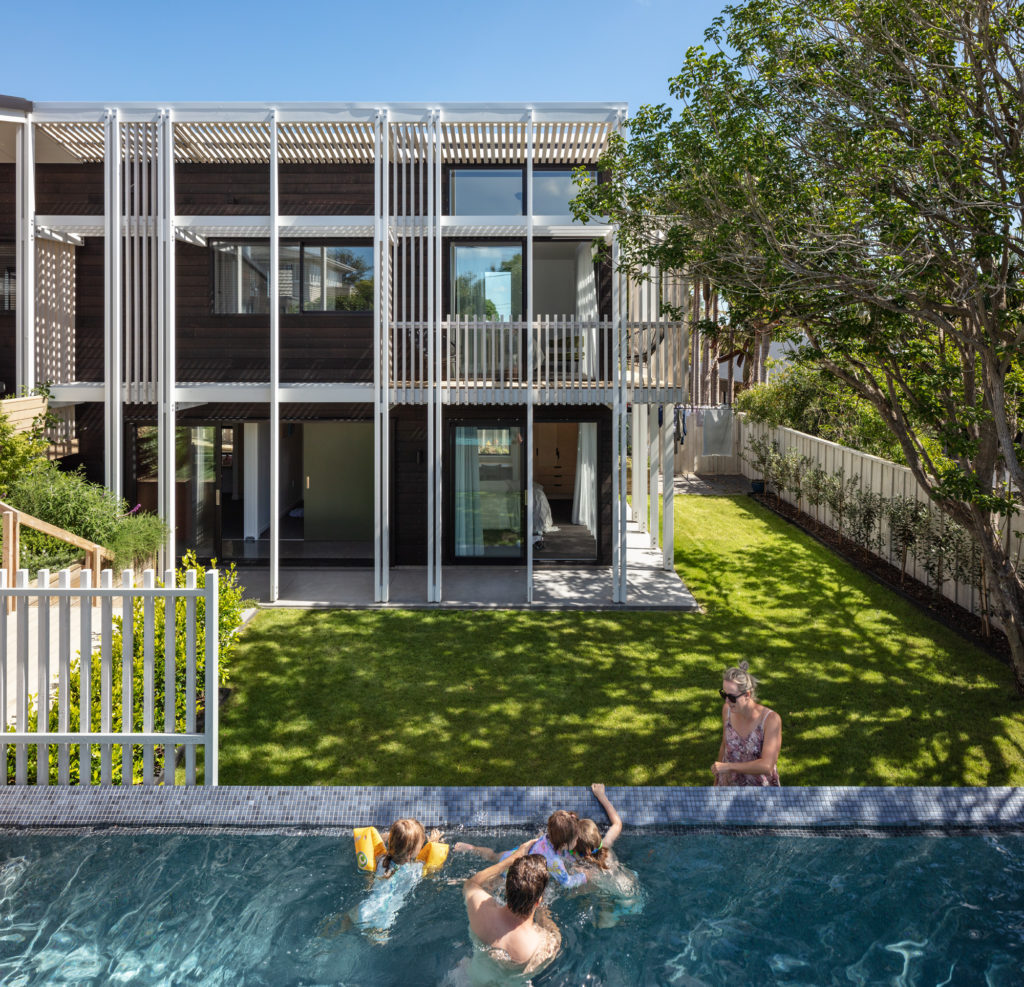
With the sun on its bow and the community at its stern, this is a house in which the elements are always front of mind.

The 2021 Rural Home of the Year explores retreat and openness, gracefully unfolding between retired paddock and coastline.

A mature and restrained response to an awe-inspiring location. The architect has combined a wide range of influences — from Sri Lankan to her own, impressive international career — to achieve a quintessentially local response to site, context, and history.

A challenging tight suburban site competently handled via good planning, excellent control of views and nice separation of guest quarters from the main house by bridge.
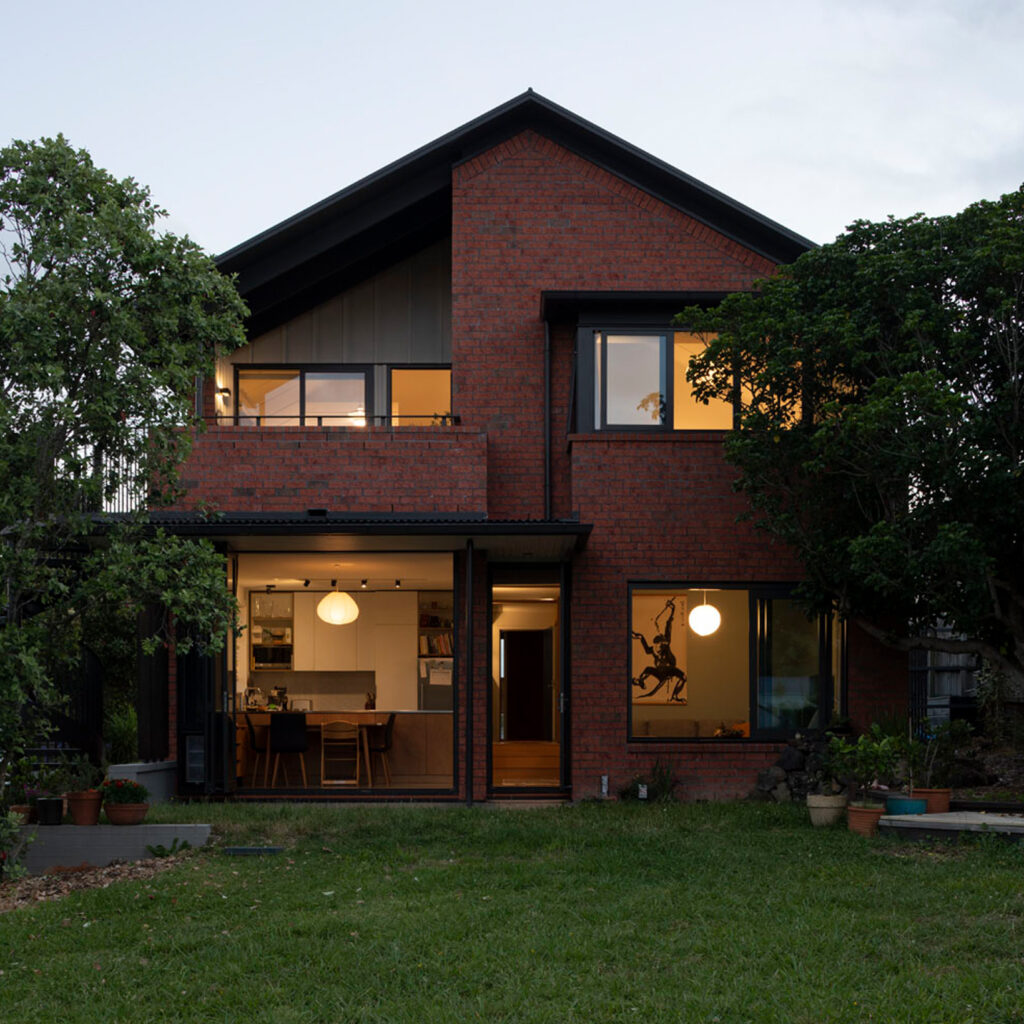
Although modest in size and budget, this Auckland multi-generational home puts the client at its heart while at the same time future-proofing the asset for any potential uses that might eventuate.

It takes a certain level of daredevilry and nous to convince a client to build a two-bedroomed home for a family of five.
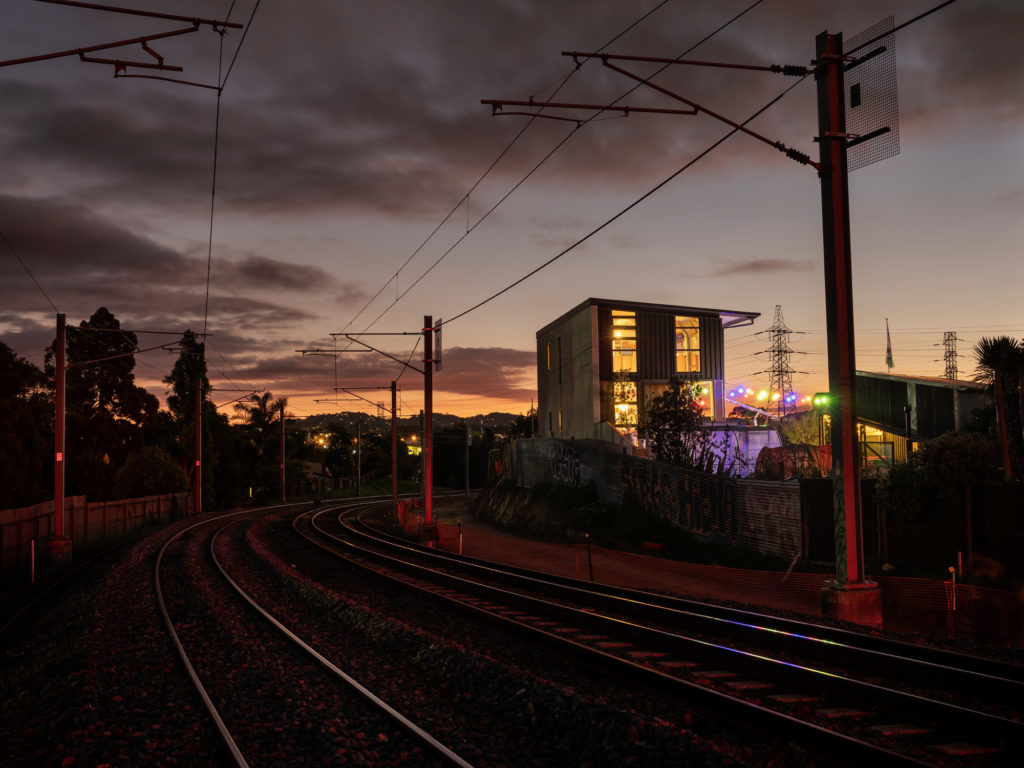
There’s anarchy in Avondale and it looks a lot like Eames, it sounds a bit like Joey Ramone, and it has its heart set on placemaking.
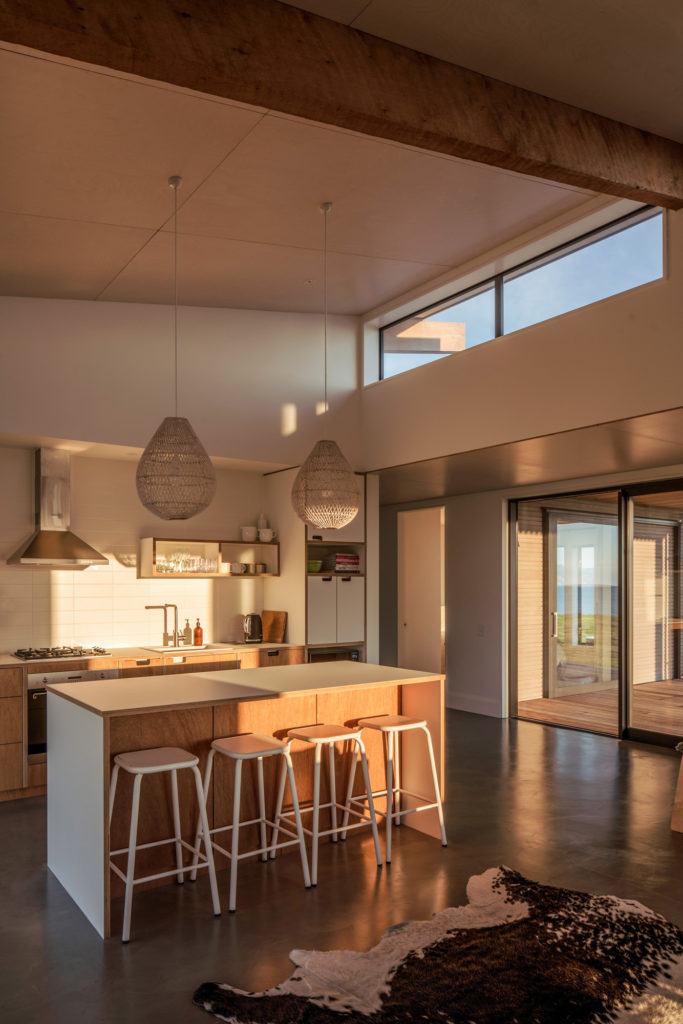
On the edge of a bluff at Palliser Bay, this isolated holiday home stands firm in a sparse landscape.
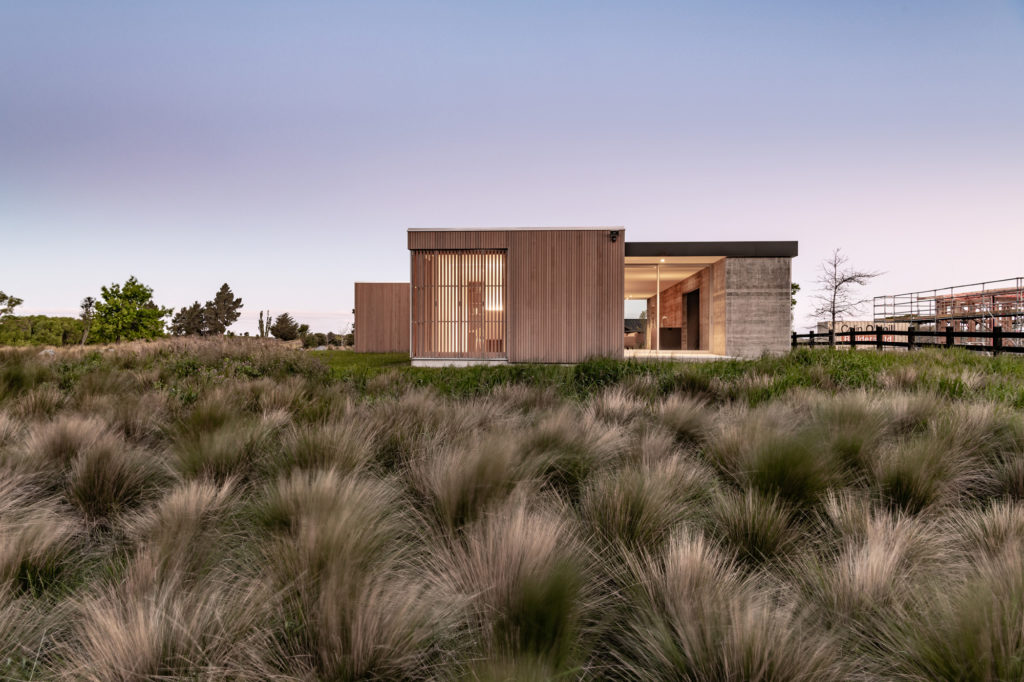
Mário Luz devises a simple form — three cedar boxes anchored by a central concrete spine — that settles effortlessly into a flat, rural Cantabrian landscape.
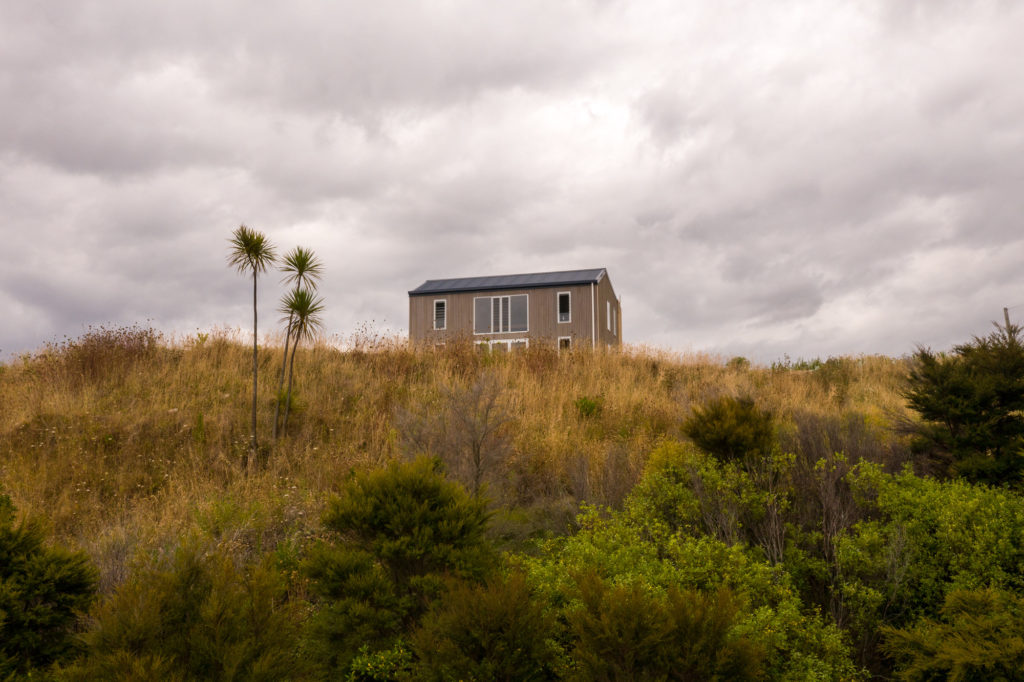
Wellington architects Bonnifait + Giesen explore their long-standing fascination with prefab and show how this Gisborne home fits snugly within that evolution.
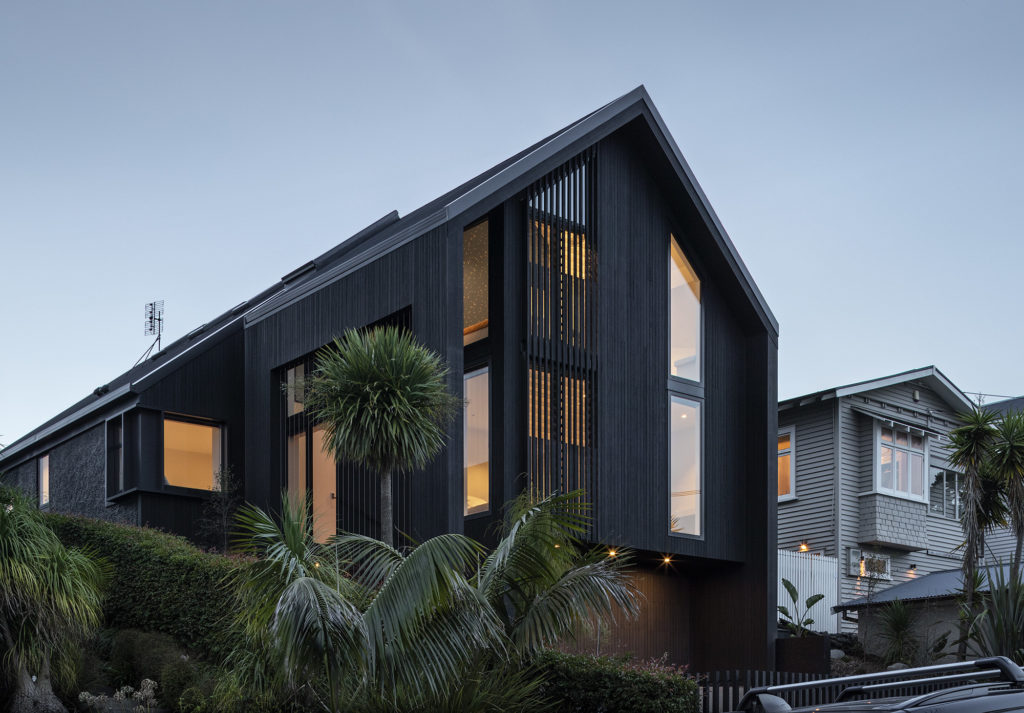
On a typical Westmere street, this black-clad double-gabled home stands tall — unrecognisable from the original bungalow whose bones were used to form the basis of an extensive renovation.
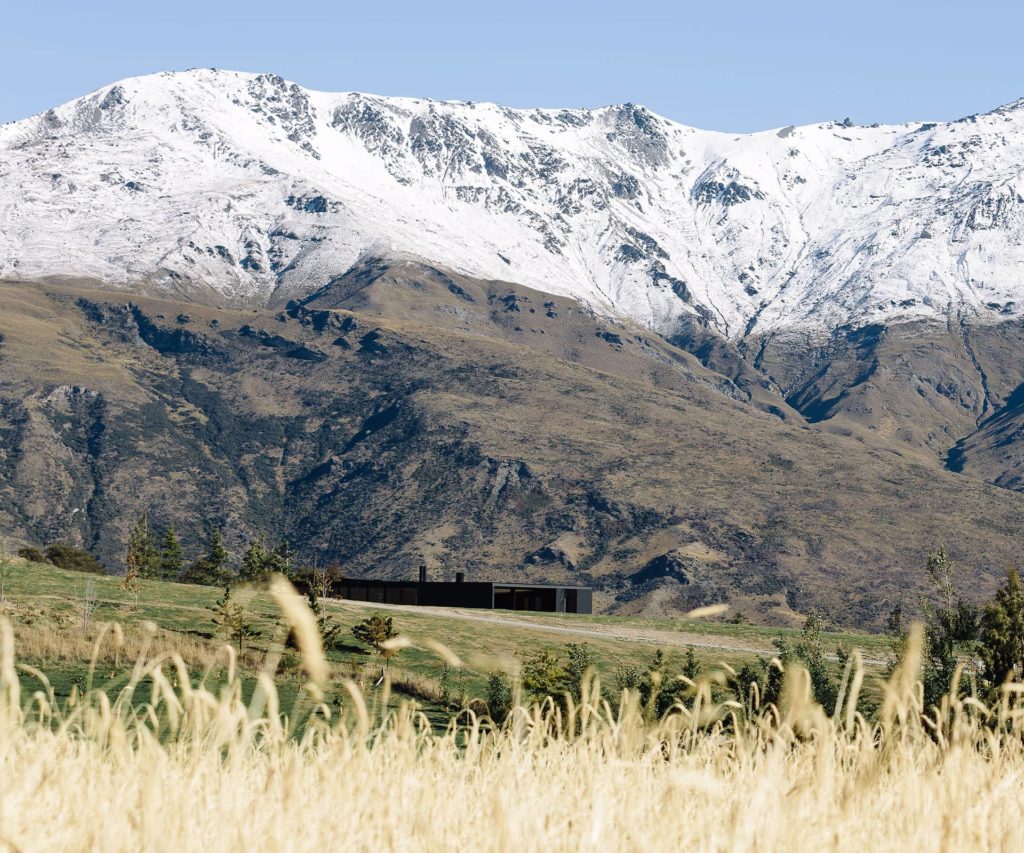
Promising spectacular views and extreme weather conditions, New Zealand’s alpine architecture considers protection and connection, refuge and openness, with a material palette that reflects the environment harmoniously.
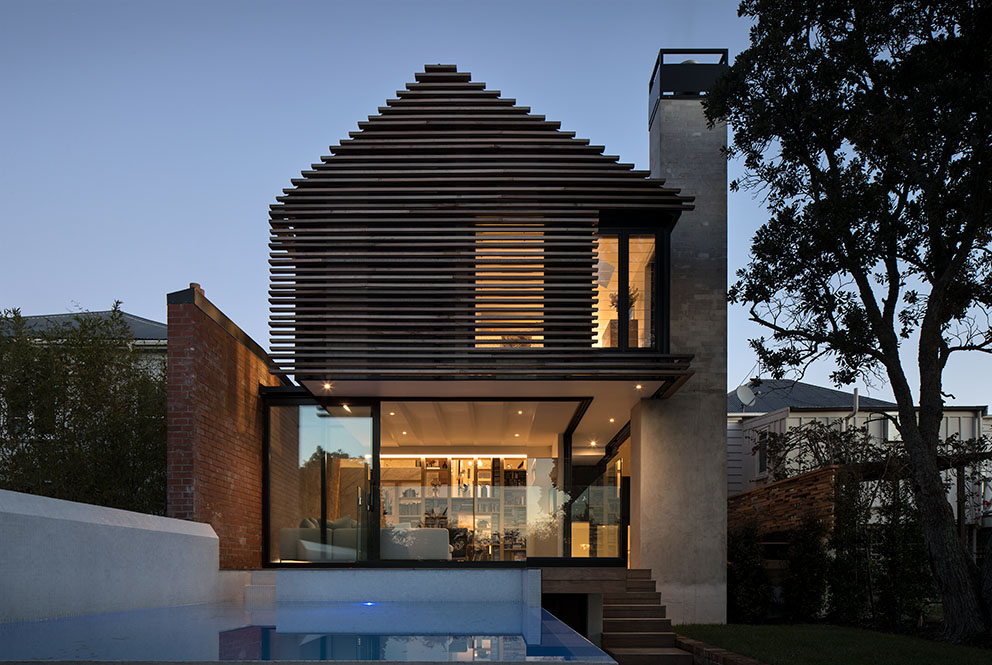
Eight villa renovations in Auckland and Wellington deliver more than meets the eye, and a considered symbiosis between old and new.
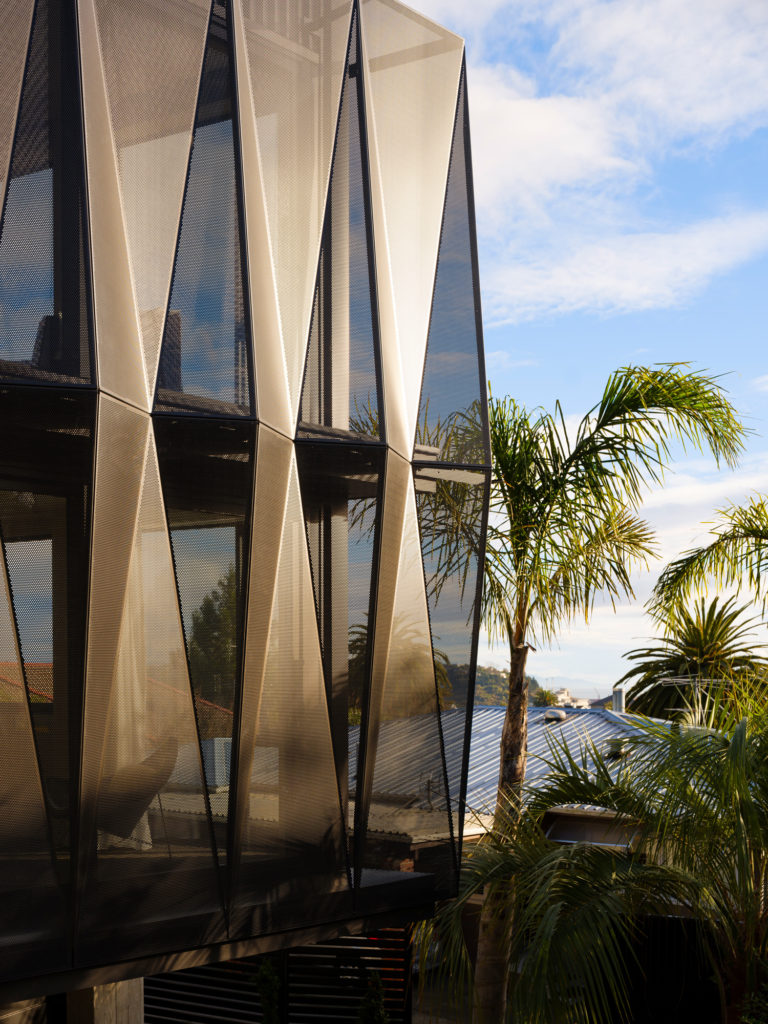
Approaching Jerram Tocker Barron Architects to design a new house on one of Nelson’s steepest streets put the owners on a trajectory to conjuring up an intriguing, diamond-pattern facade.